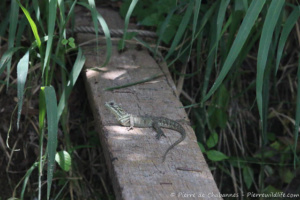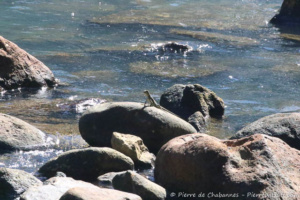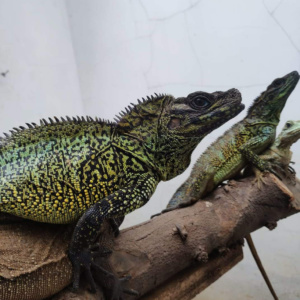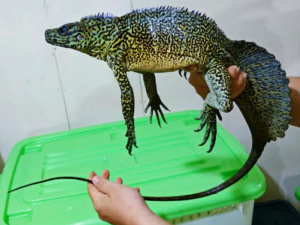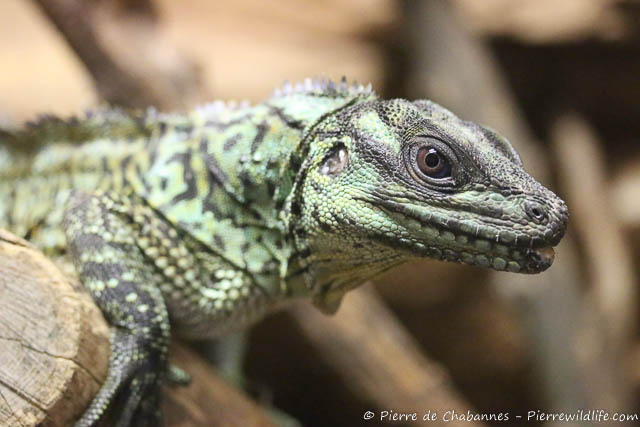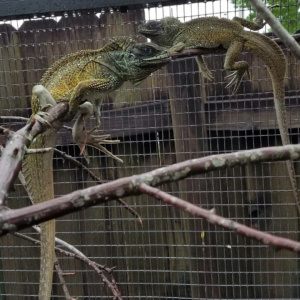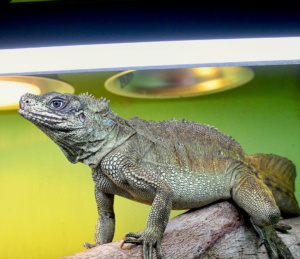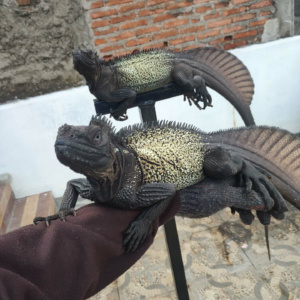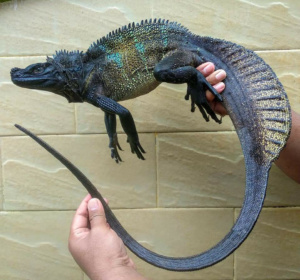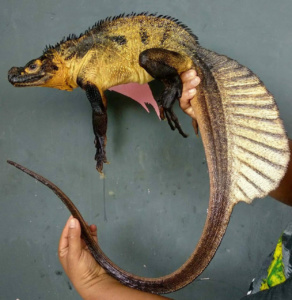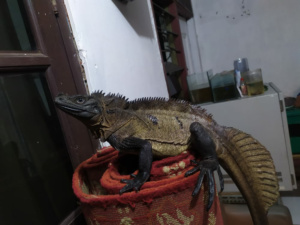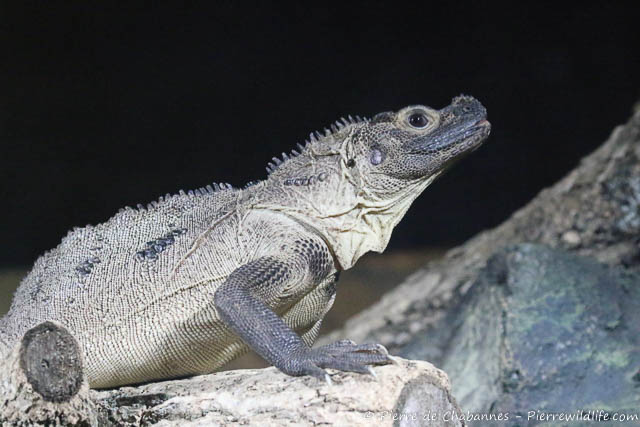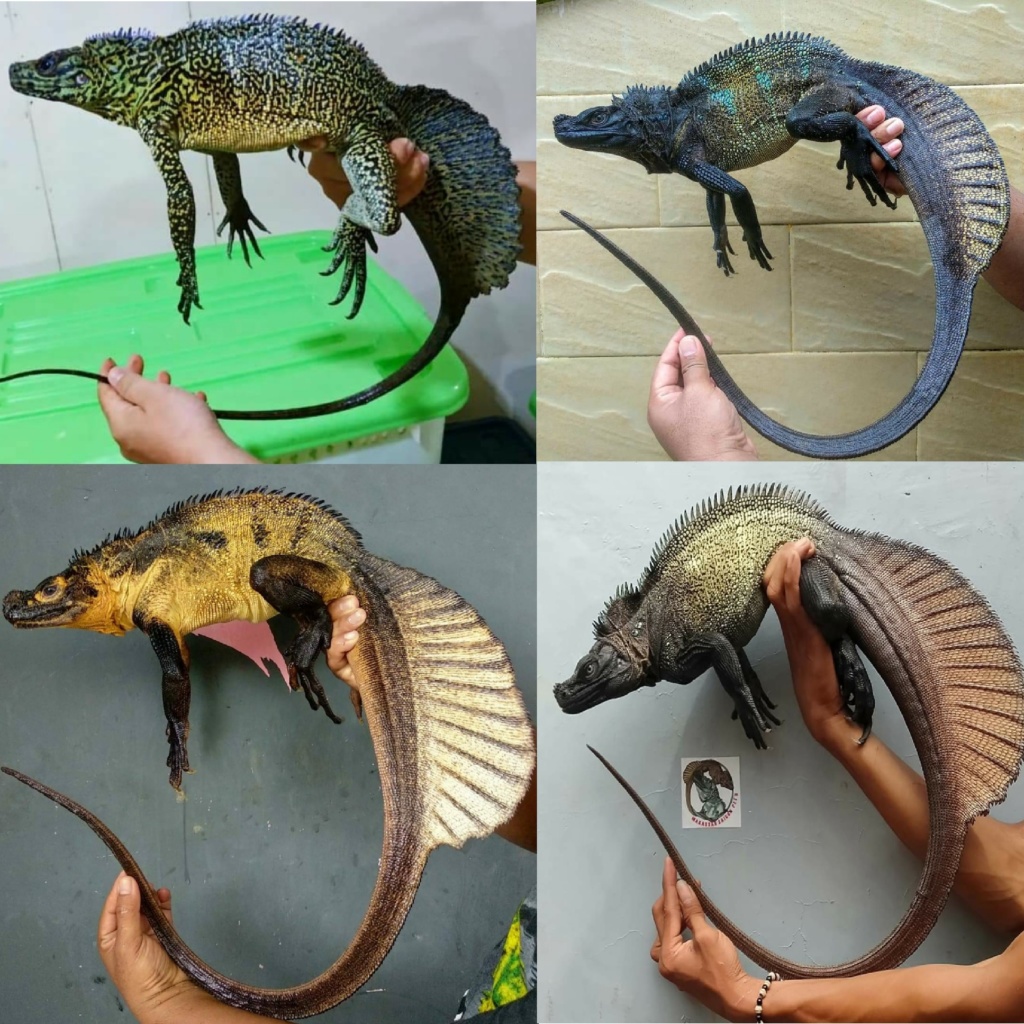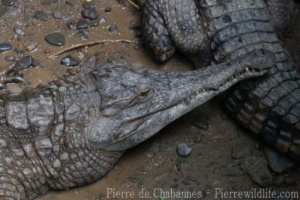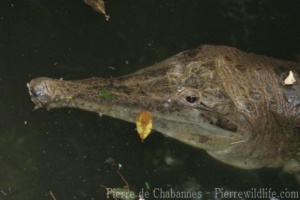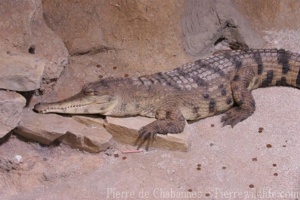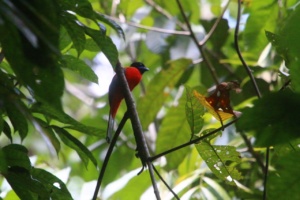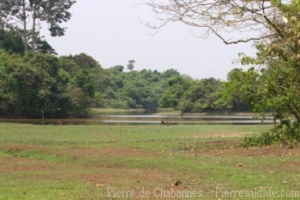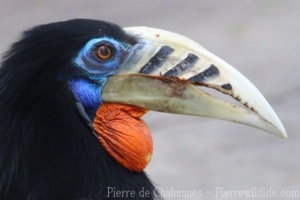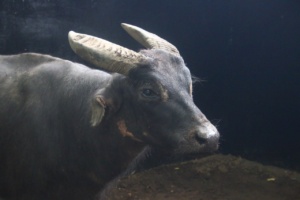Hi everyone,
Sometimes, biodiversity assessments are done with other thoughts than conservation in mind. I have worked in various places throughout Philippines, Indonesia, Malaysia with highly threatened targets in my mind but for this particular assessment, I had no threatened animal species to work with, no conservation program to create, no threats to worry about… This assessment was about fun and education !
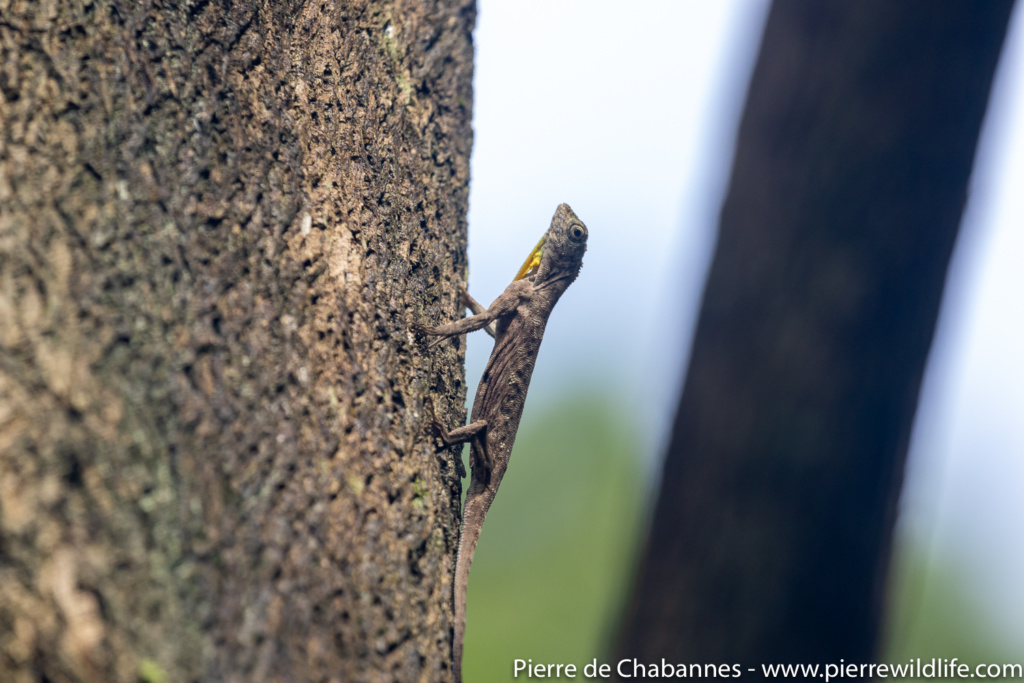 Every tree of a garden is Southeast Asia can be home for extraordinary species such as this stunning Common flying dragon (Draco volans) found on a tree right in the middle of the busiest path of the zoo !
Every tree of a garden is Southeast Asia can be home for extraordinary species such as this stunning Common flying dragon (Draco volans) found on a tree right in the middle of the busiest path of the zoo !
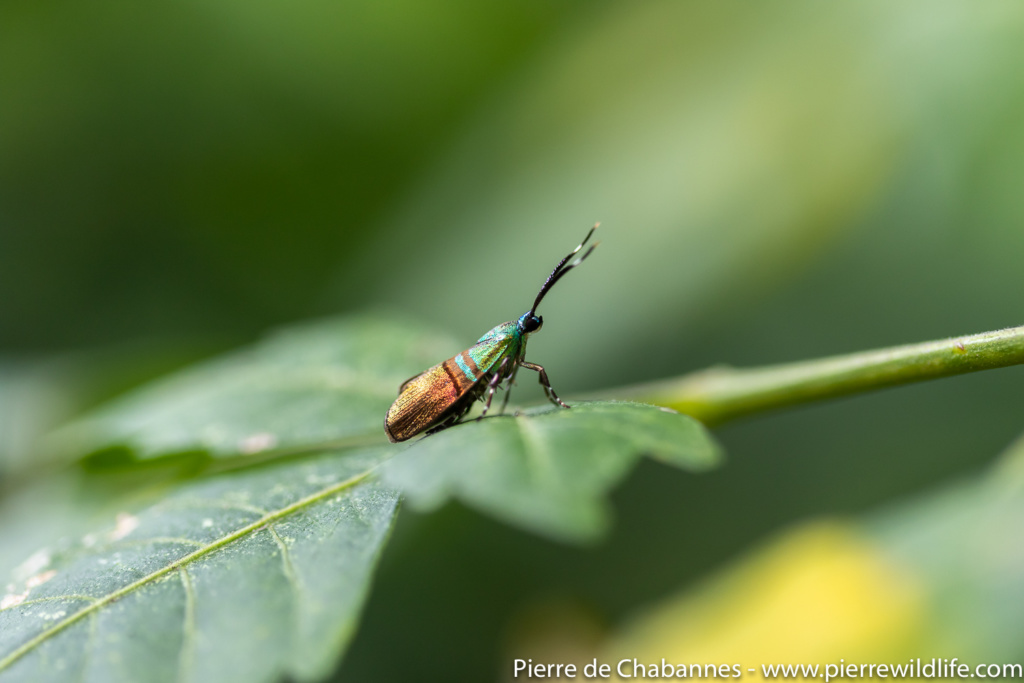 When you take time to look closely, some otherwise overlooked critters can appear extraordinarily colorful such as this moth from the Choreutidae family (Saptha beryllitis)
When you take time to look closely, some otherwise overlooked critters can appear extraordinarily colorful such as this moth from the Choreutidae family (Saptha beryllitis)
Gembira Loka Zoo was the last big zoological garden on Java that I had to visit. It was difficult to find any information online until I got to meet my friend Vanda who works in the conservation department of the zoo. Finally, 17 years after my first stay on Java, I was able to set foot for the first time in Yogyakarta area and visit Gembira Loka Zoo on two occasions, last November. Together with Vanda’s brother who is a gifted wildlife photographer, we decided to scout the zoo, not for the collection of captive animals but for the numerous wild animal species that inhabit this green oasis, in the middle of a very large city.
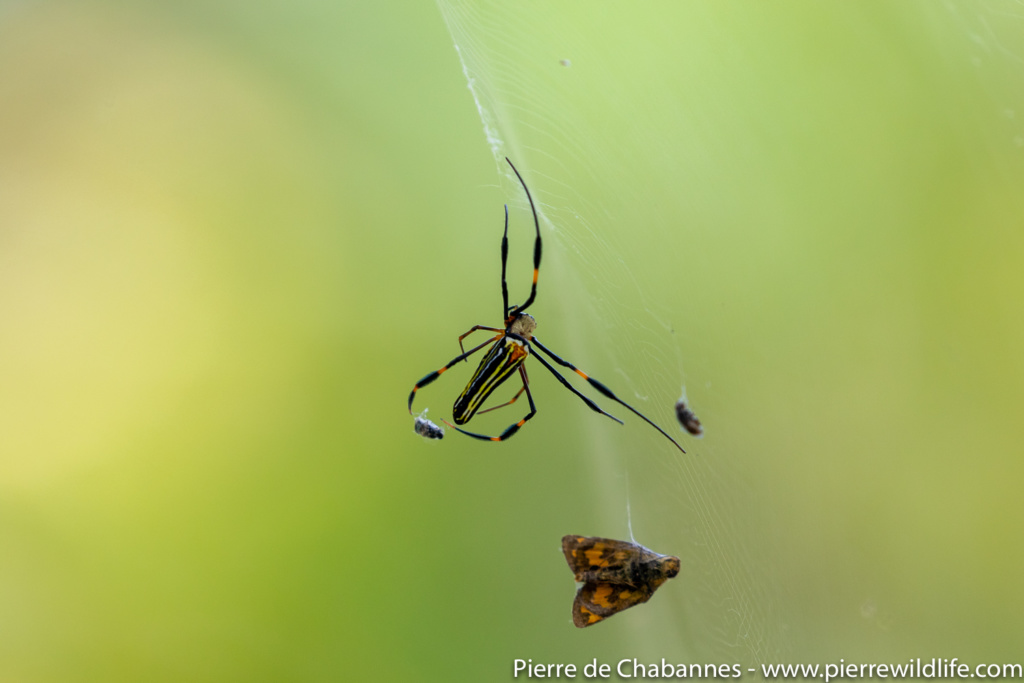 The impressive Giant golden orbweaver (Trichonephila pilipes) is regularly found in urban parks and zoos around Southeast Asia, from Taiwan to Indonesia.
The impressive Giant golden orbweaver (Trichonephila pilipes) is regularly found in urban parks and zoos around Southeast Asia, from Taiwan to Indonesia.
A biodiversity assessment focusing on birds had already been done in the past so we chose to focus on other species, particularly reptiles and invertebrates. A single day of walking around the zoo provided us with very interesting results and unexpectedly good photos of animals that are known to be tricky to observe.
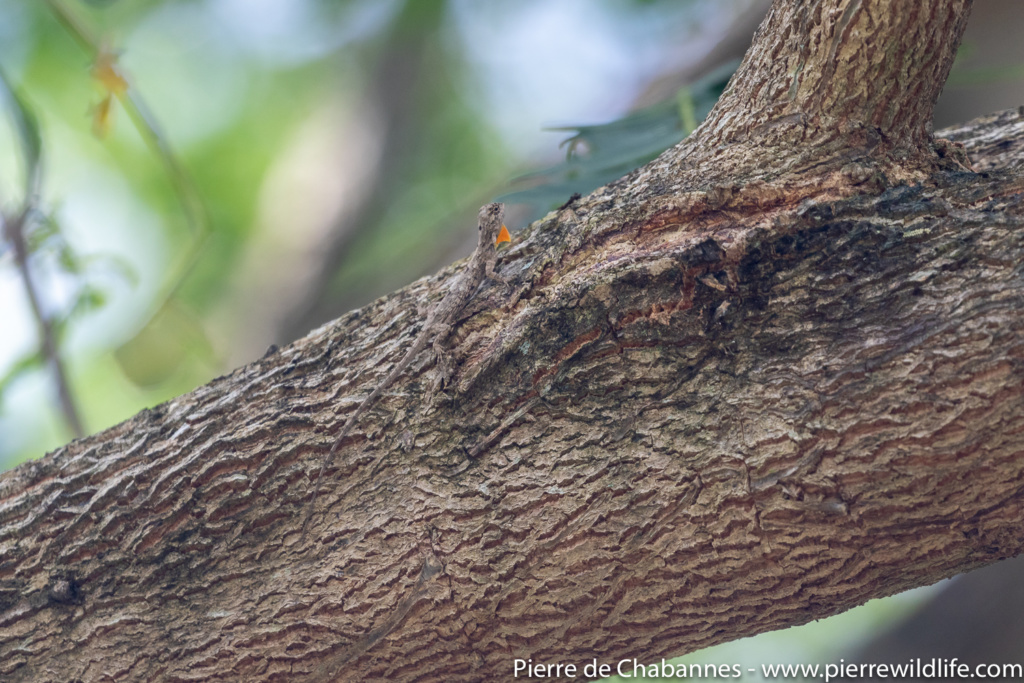 Finding this juvenile flying dragon was quite a challenge, you can see how well it can camouflage against the branch. I am still unsure about the identification of this specimen, maybe a Red-bearded flying dragon (Draco haematopogon)
Finding this juvenile flying dragon was quite a challenge, you can see how well it can camouflage against the branch. I am still unsure about the identification of this specimen, maybe a Red-bearded flying dragon (Draco haematopogon)
My favorite part of the survey still remains, to this day, when we came across two displaying pairs of Common flying dragons (Draco volans). Draco lizards can be tricky to see when not moving as their camouflage allows them to perfectly blend in with their surroundings (especially tree bark). Thanks to my zoologist friends, I have learnt which trees are more likely to be chosen by Draco lizards and where to look to find them. These tips have been put to good use and it didn’t take us long to locate these guys. Little did I know that I had just got a free ticket for a wonderful territorial and mating display show that would last nearly a full hour !
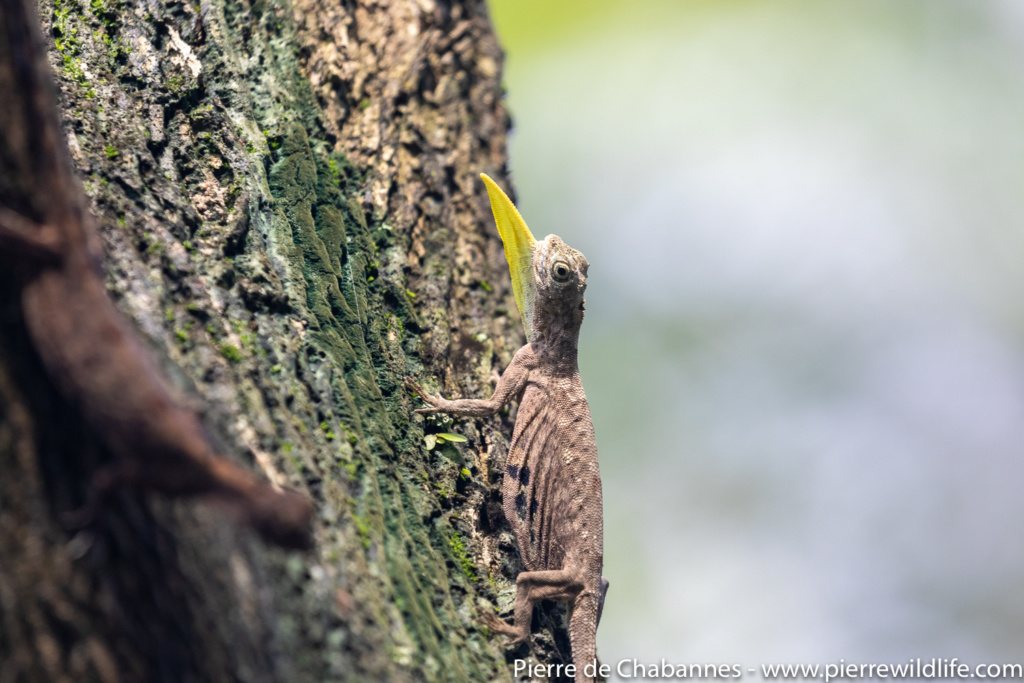 Two photos showing a displaying male Common flying dragon (Draco volans), advertising to a nearby female.
Two photos showing a displaying male Common flying dragon (Draco volans), advertising to a nearby female.
Amongst other reptiles, we spotted a huge tokay gecko (Gekko gecko) on a palm tree, another flying dragon species that could be a young Red-bearded flying dragon (Draco haematopogon) but without any certainty, and three species of house geckoes found on trees and around buildings, namely the Common house gecko (Hemidactylus frenatus), the Garnot’s house gecko (Hemidactylus garnotii) and the Flat-tailed house gecko (Hemidactylus platyurus). Our last reptile find has been a really beautiful pair of Balinese snake-eyed skinks (Cryptoblepharus balinensis balinensis), a species originating from Bali and introduced in eastern and central Java. The zoo is also home to at least two species of sun skinks (genus Eutropis) but we haven’t seen any during the day this time.
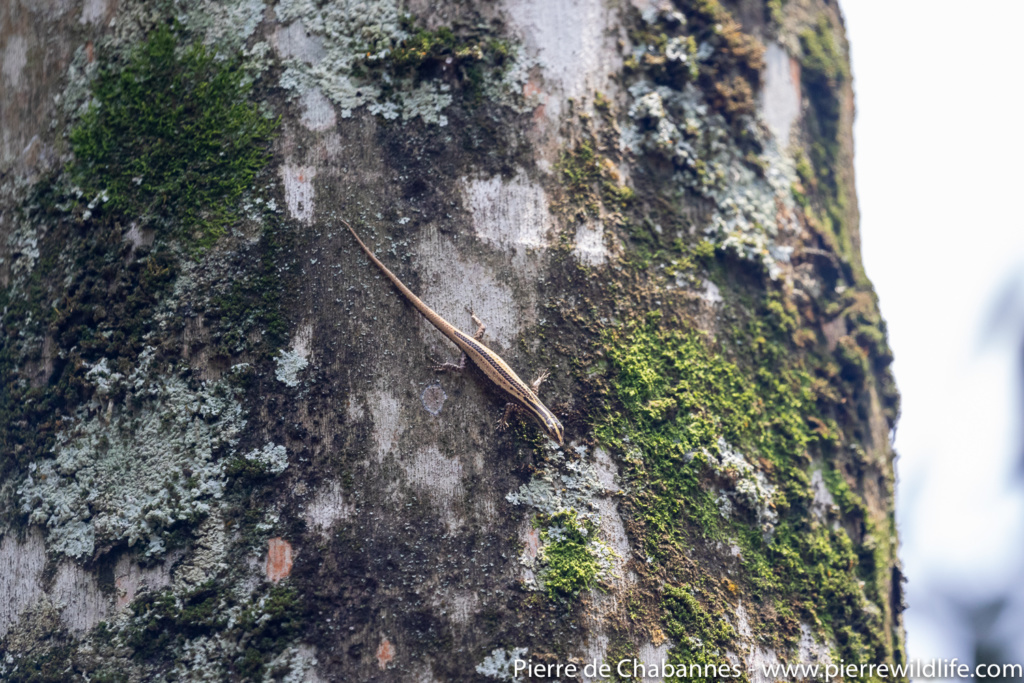 One of the Balinese snake-eyed skink (Cryptoblepharus balinensis balinensis) we saw against a big tree trunk.
One of the Balinese snake-eyed skink (Cryptoblepharus balinensis balinensis) we saw against a big tree trunk.
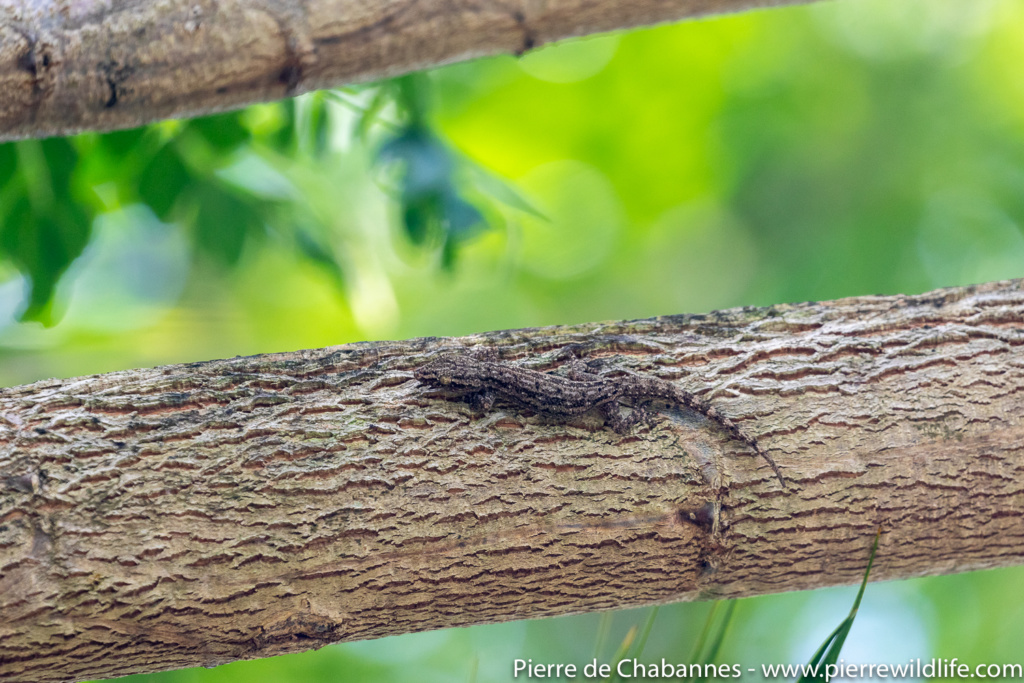 As common as it might be in the wild, this was the very first Garnot’s house gecko (Hemidactylus garnotii) I ever photographed !
As common as it might be in the wild, this was the very first Garnot’s house gecko (Hemidactylus garnotii) I ever photographed !
The presence of many old trees in the zoo is likely responsible for so many wild species to feel at home on the grounds of Gembira Loka Zoo. While walking around and browsing, we also saw a few interesting spiders, from the very common invasive Garden orb-weaver (Argiope appensa) to the rarer and more local Modest orb-weaver (Argiope modesta) and the always impressive Giant golden orbweaver (Trichonephila pilipes). A few species were much trickier to identify such as a representant of the genus Neoscona, possibly the Pointillist neoscona (Neoscona punctigera) and what could be a nice color variation of a Black-striped orchard spider (Leucauge celebesiana). Most of the jumping spiders we saw were way too fast to be photographed but we were treated by a Six-spotted jumping spider (Bavia sexpunctata) who was really curious.
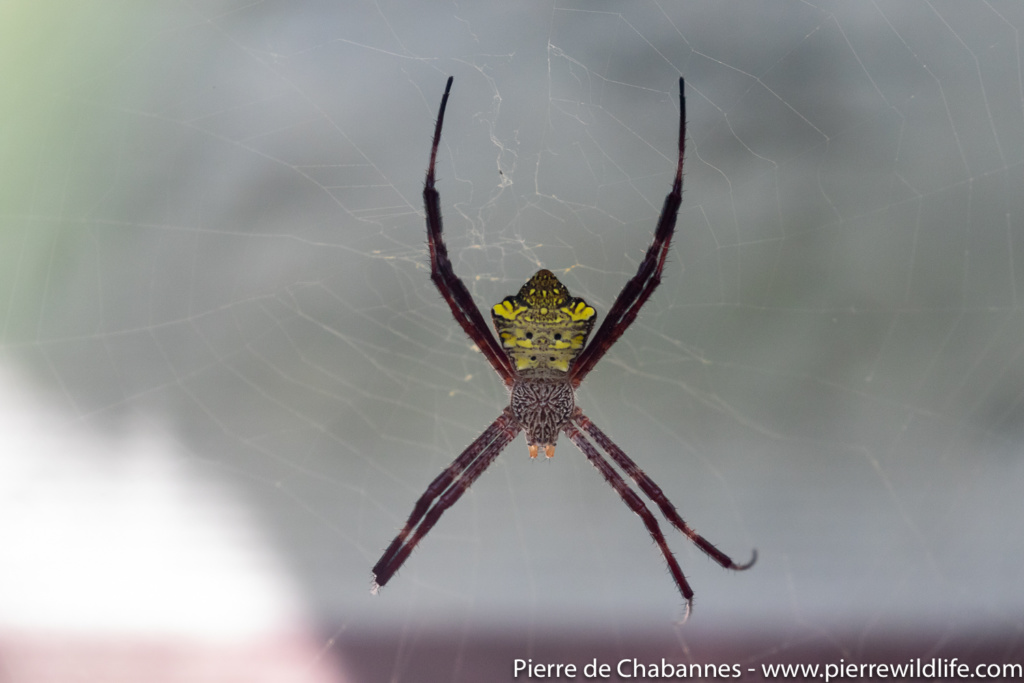 The Garden orb-weaver (Argiope appensa) is one of the most commonly seen “big” spider species on Java.
The Garden orb-weaver (Argiope appensa) is one of the most commonly seen “big” spider species on Java.
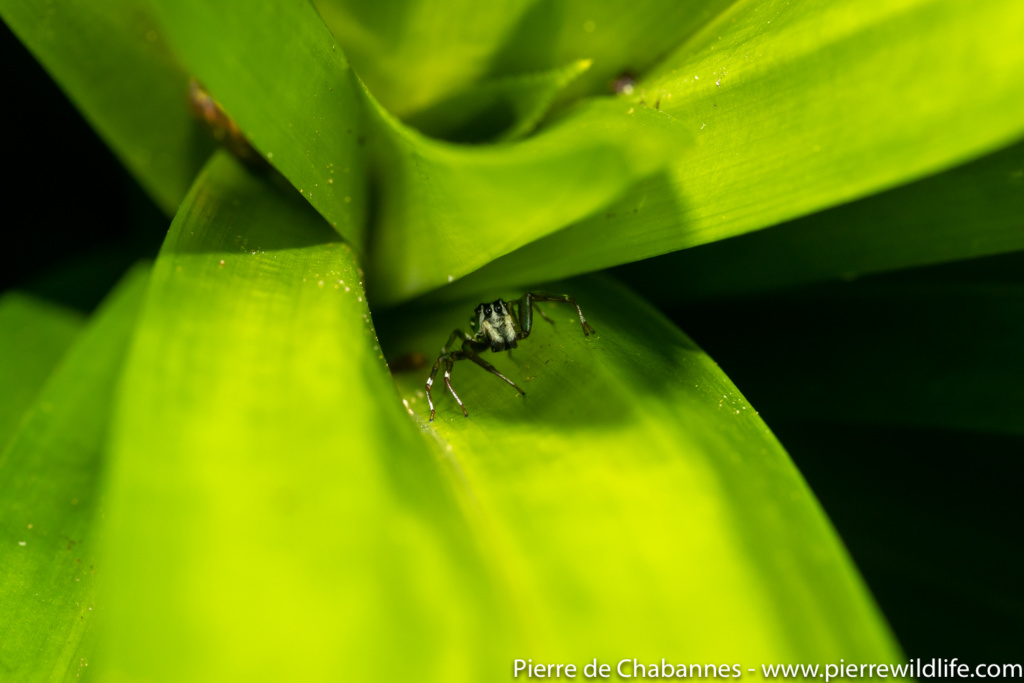 This Six-spotted jumping spider (Bavia sexpunctata) was a great model to photograph !
This Six-spotted jumping spider (Bavia sexpunctata) was a great model to photograph !
I am so grateful !
To continue our survey, here is a list of the insects we could identify and photograph during these two visits.
Butterflies
Orange gull (Cepora iudith iudith)
Great mormon (Papilio memnon memnon)
Tailed jay (Graphium agamemnon agamemnon)
Javan rose (Pachliopta adamas adamas)
Choreutidae moth (Saptha beryllitis)
Common red flash (Rapala iarbus dekaiarchus)
Chocolate pansy (Junonia iphita horsfieldi)
Autumn leaf (Doleschallia bisaltide bisaltide)
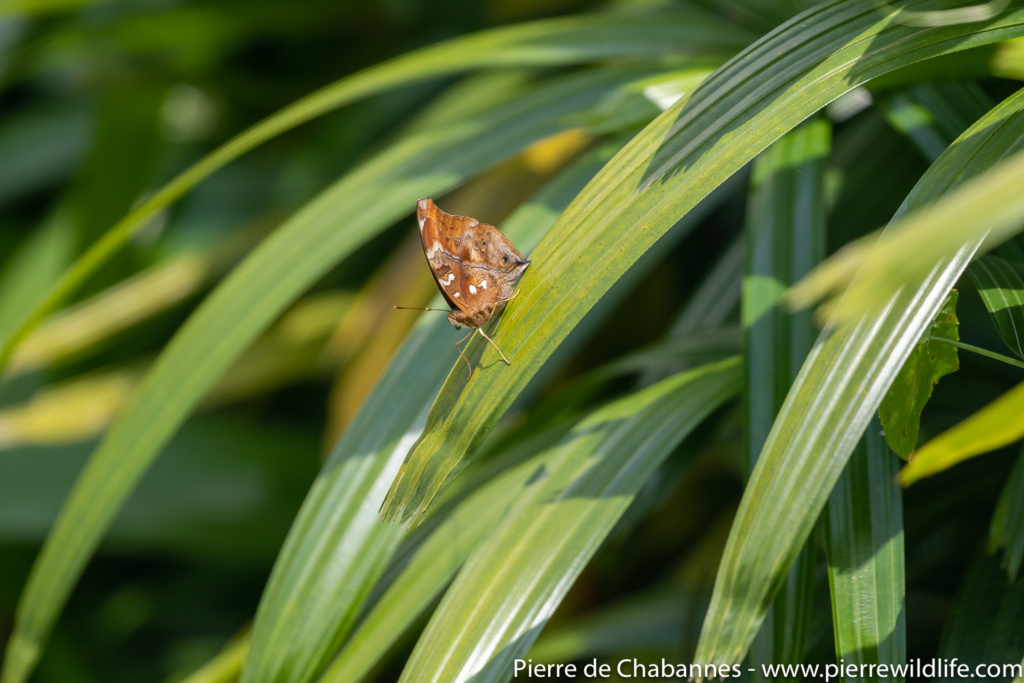 At last, a specimen of Autumn leaf (Doleschallia bisaltide bisaltide) sitting still for a few seconds, allowing me to take this only one photo !
At last, a specimen of Autumn leaf (Doleschallia bisaltide bisaltide) sitting still for a few seconds, allowing me to take this only one photo !
Grasshoppers
Javanese grasshopper (Valanga nigricornis)
Short-horned grasshopper (Oxya japonica japonica)
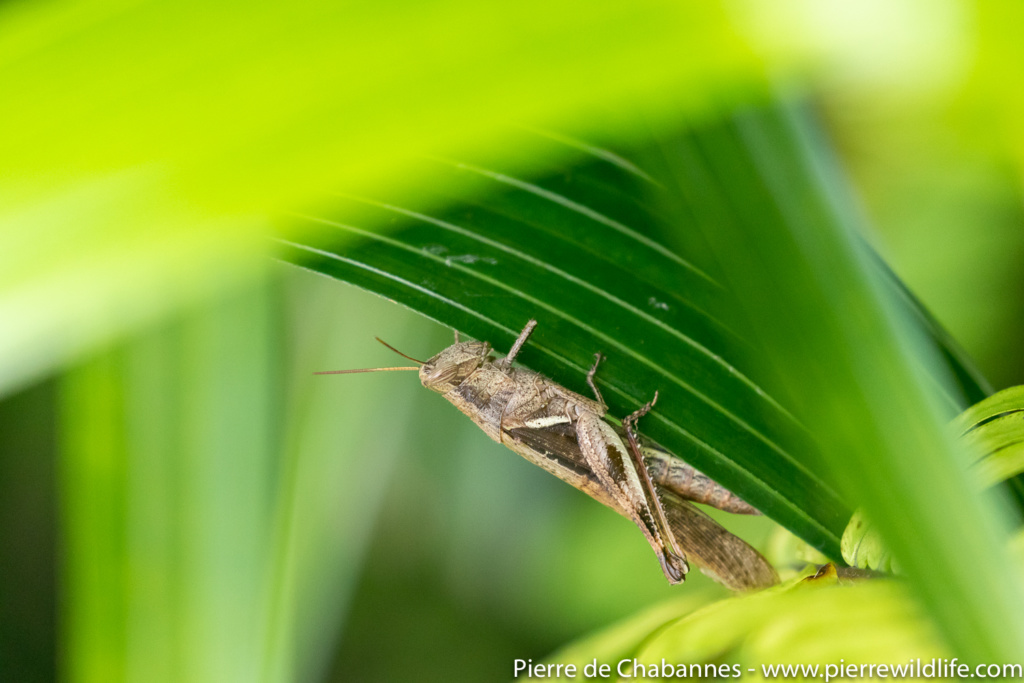 A very large specimen of Javanese grasshopper (Valanga nigricornis)
A very large specimen of Javanese grasshopper (Valanga nigricornis)
Damselflies and Dragonflies
Red percher (Neurothemis ramburii)
Blue marsh hawk (Orthetrum glaucum)
Green marsh hawk (Orthetrum sabina sabina)
Globe skimmer (Pantala flavescens)
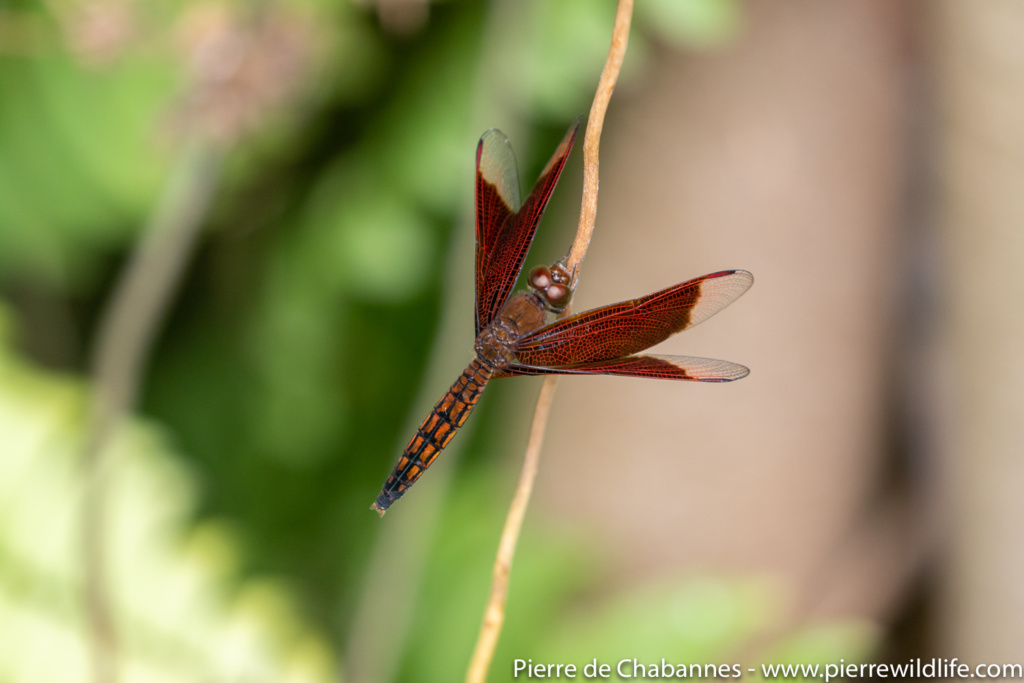 A really good looking Red percher (Neurothemis ramburii)
A really good looking Red percher (Neurothemis ramburii)
 Female Blue marsh hawk (Orthetrum glaucum)
Female Blue marsh hawk (Orthetrum glaucum)
Others
Potter wasp (Rhynchium haemorrhoidale)
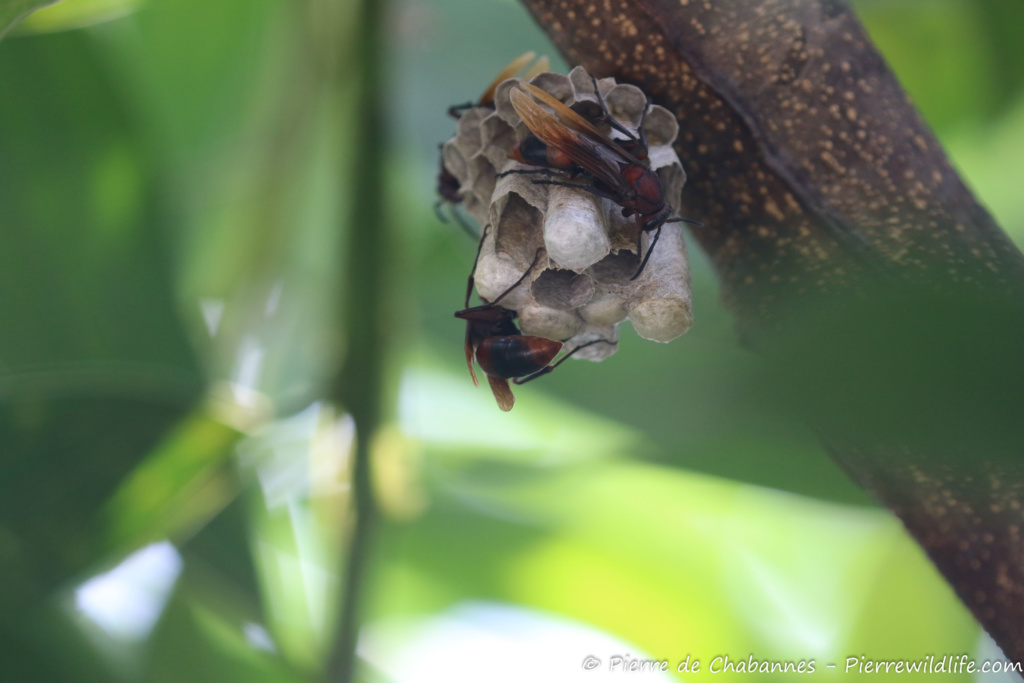 Potter wasps (Rhynchium haemorrhoidale) building their nest
Potter wasps (Rhynchium haemorrhoidale) building their nest
and many more that we either could not identify (a big black species of ant and a large dark beetle) or couldn’t approach at all for a decent photo.
Last but not least, we also spotted some of the birds recorded in the existing survey, including the local endemic subspecies of the very widespread Collared kingfisher (Todiramphus chloris palmeri).
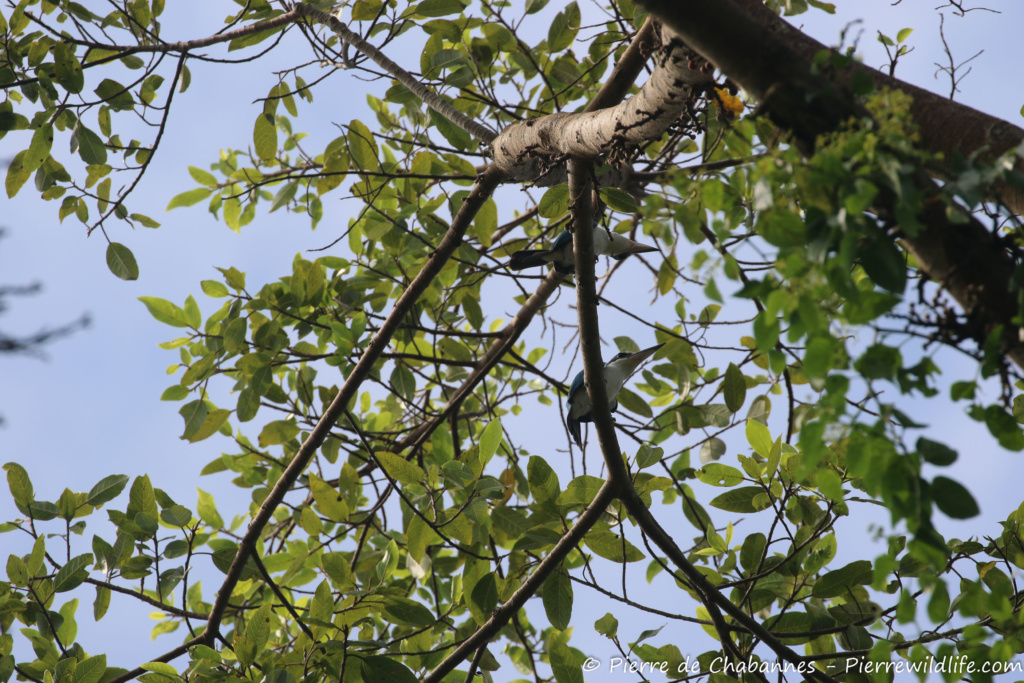 This subspecies of the Collared kingfisher (Todiramphus chloris palmeri) only occurs on Java and Bali.
This subspecies of the Collared kingfisher (Todiramphus chloris palmeri) only occurs on Java and Bali.
Until next time,
Pierre de Chabannes
Founder, ACEE
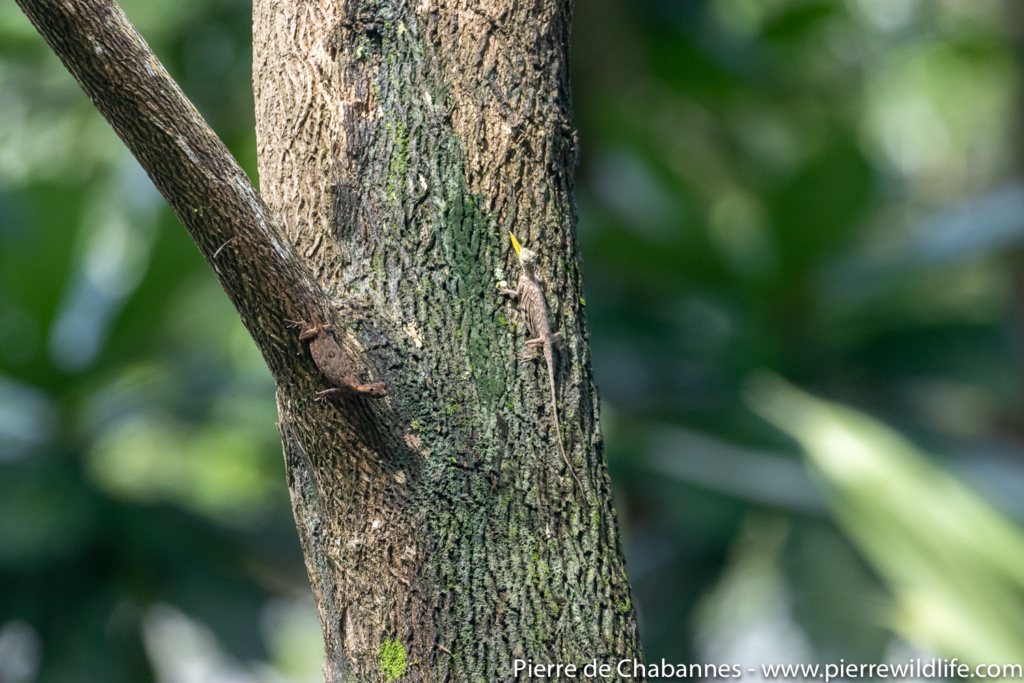
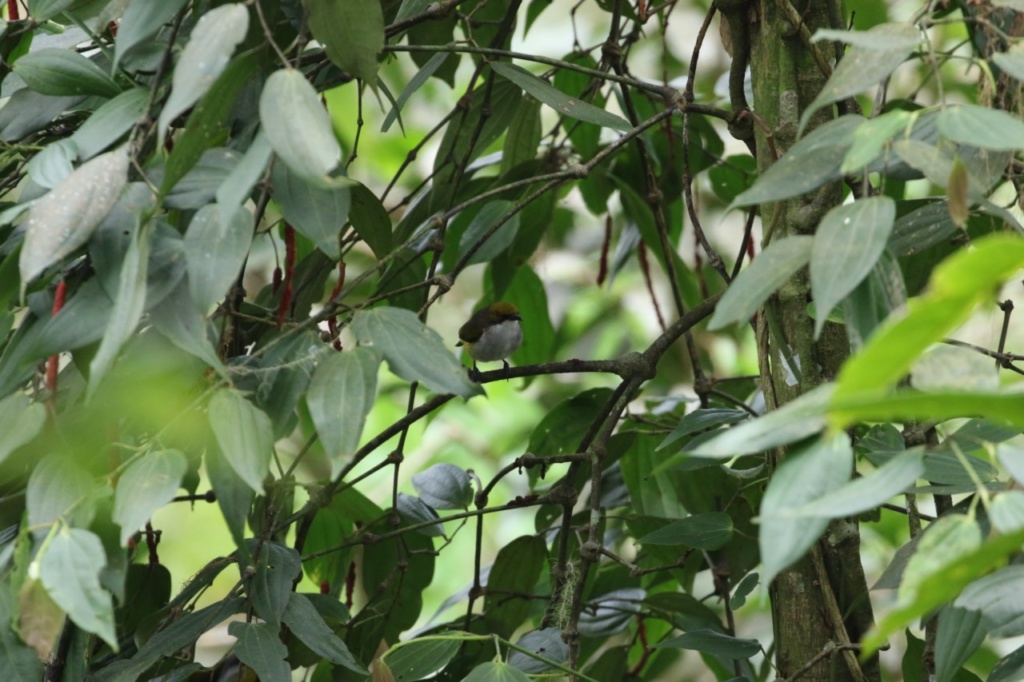
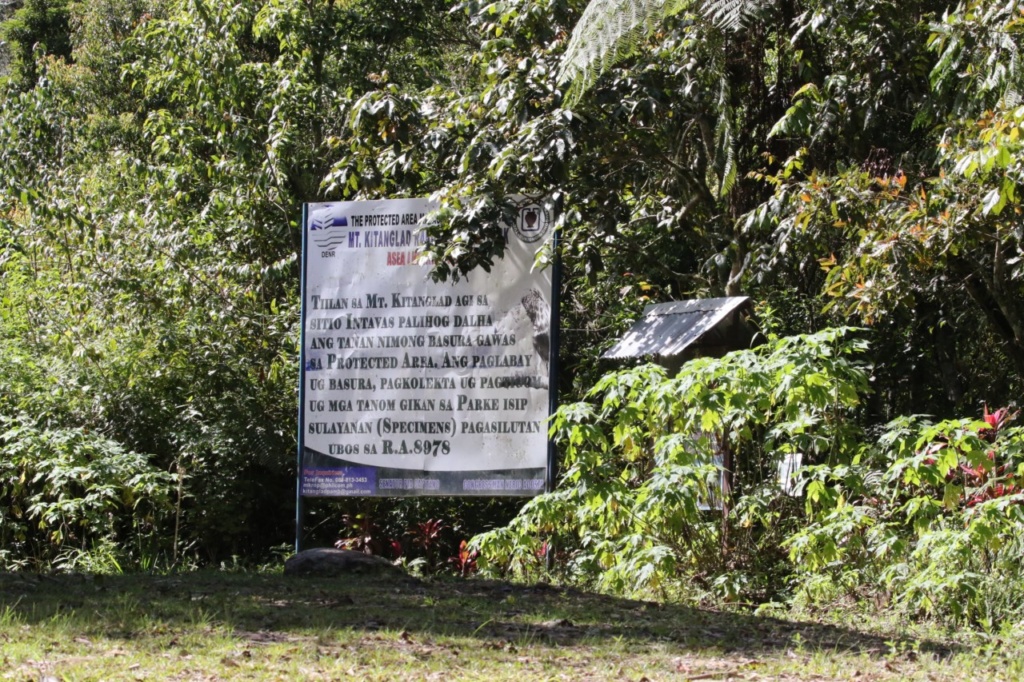
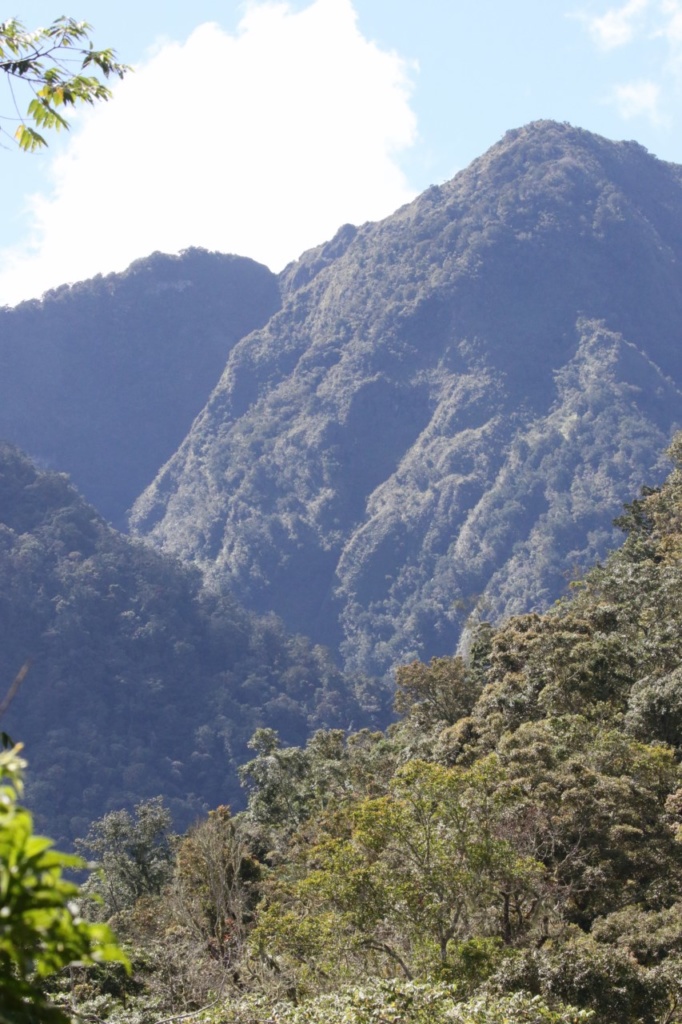
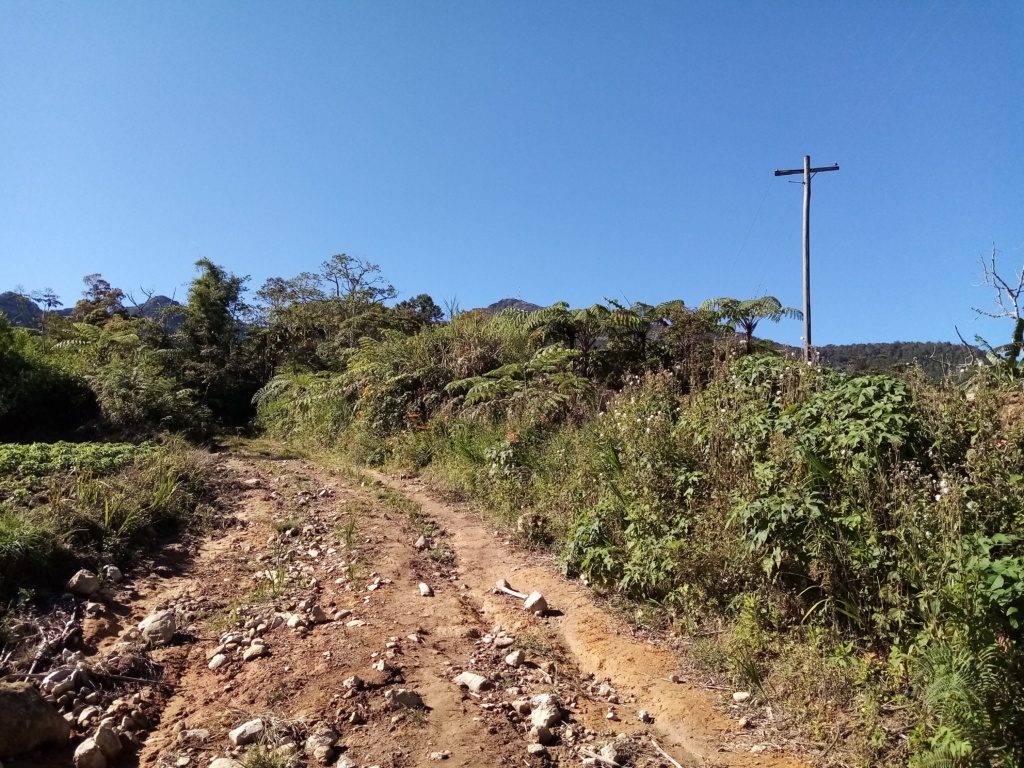
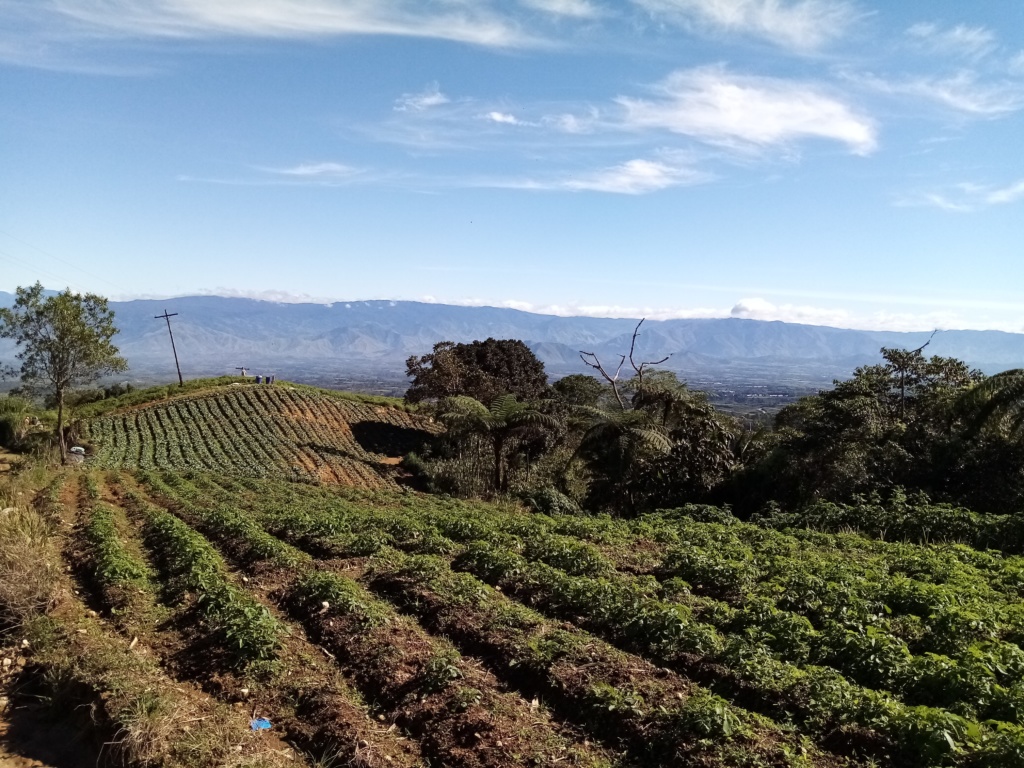
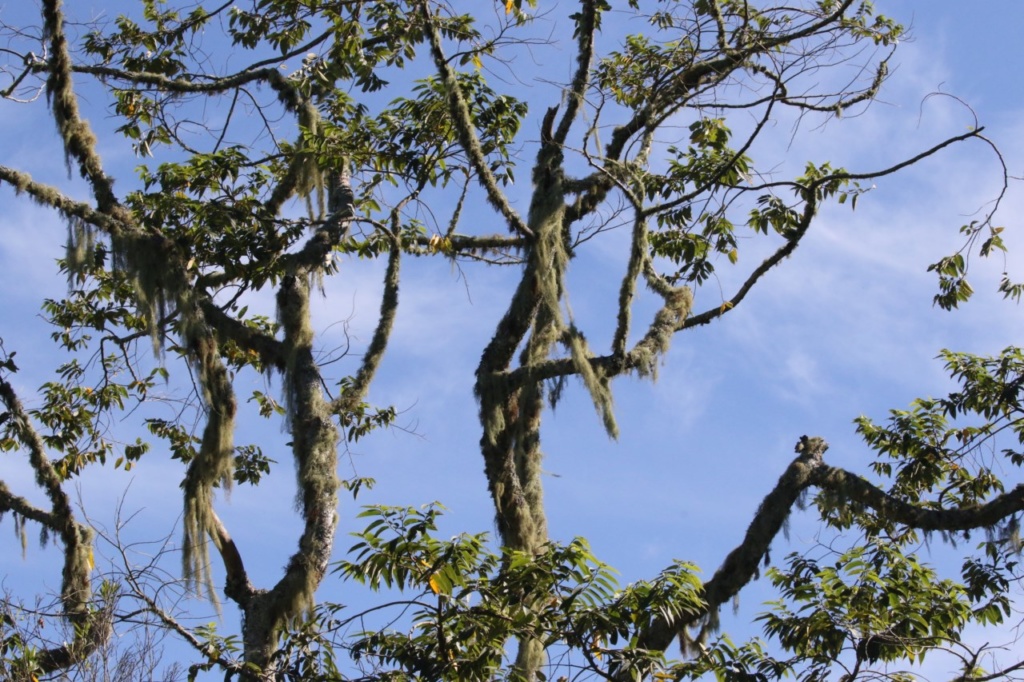
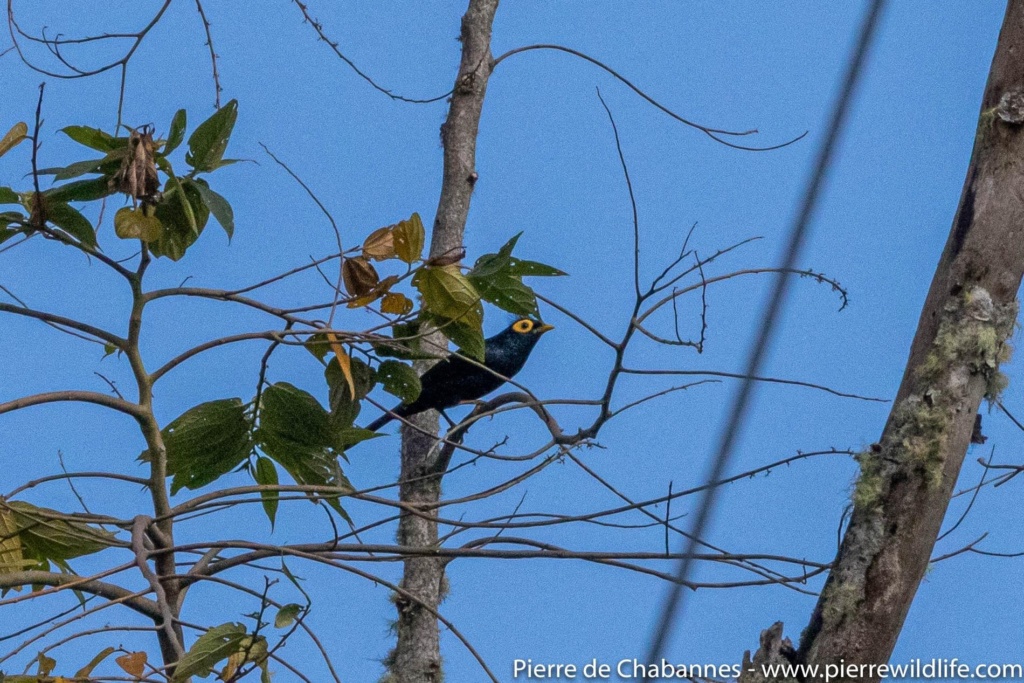
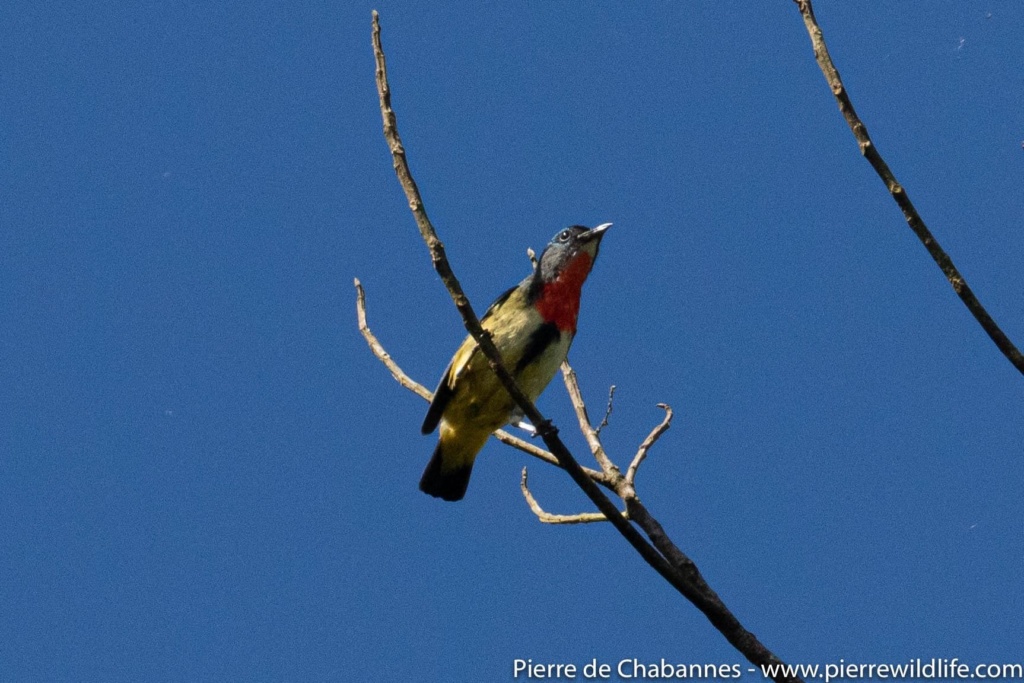
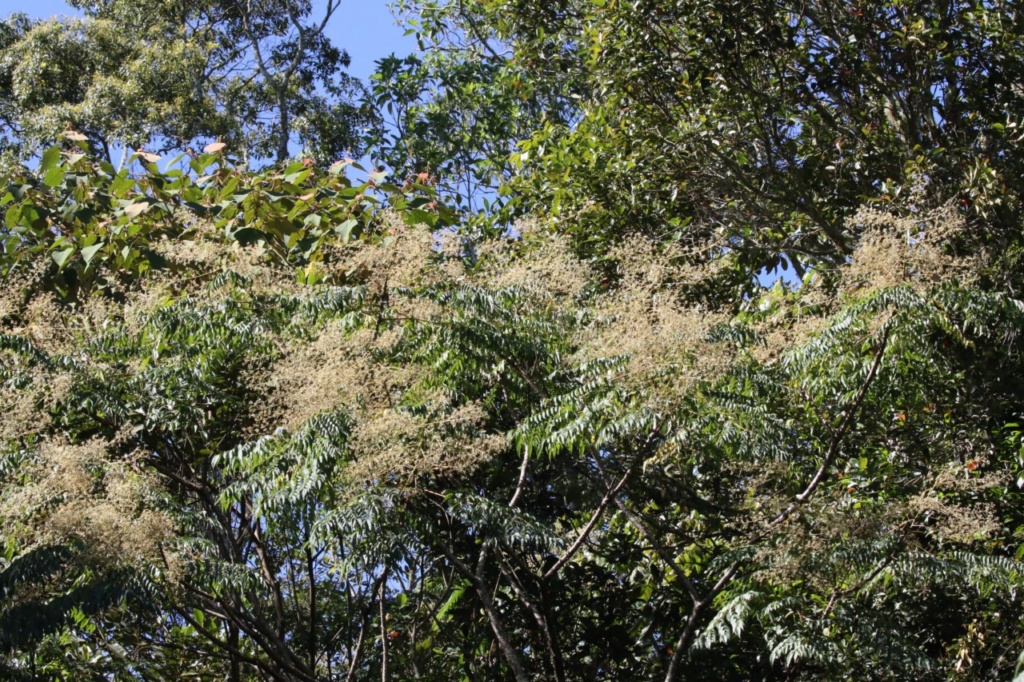
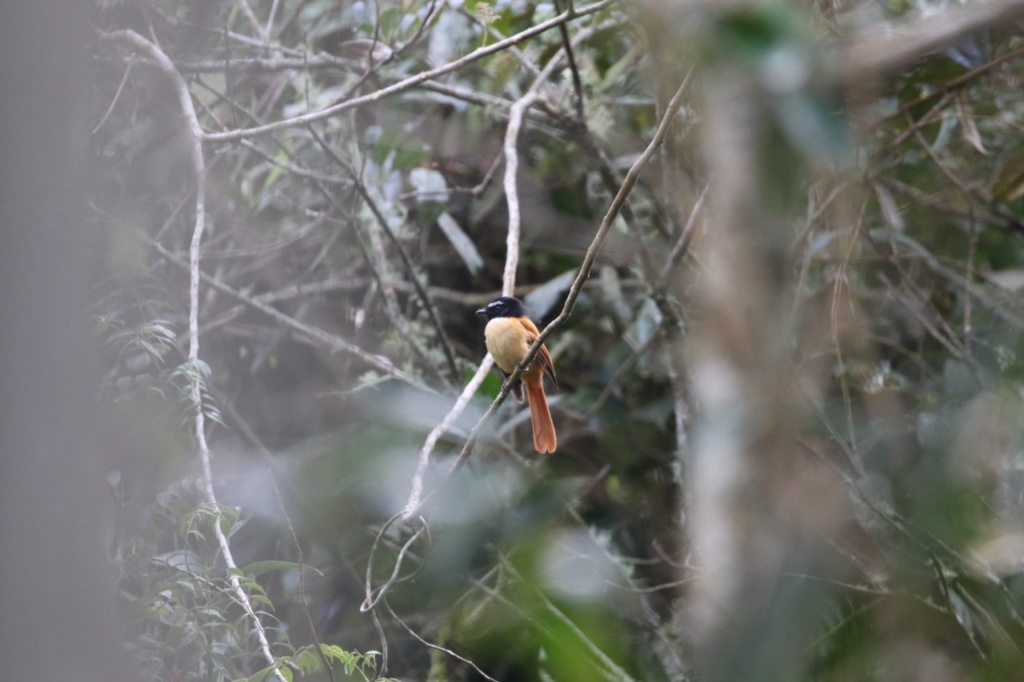
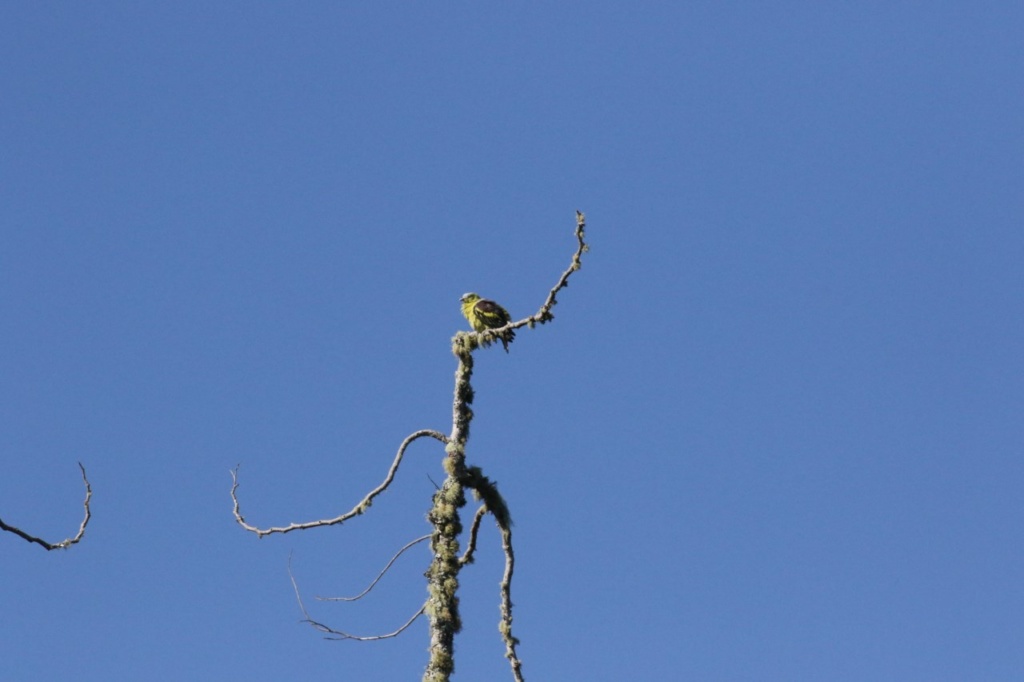
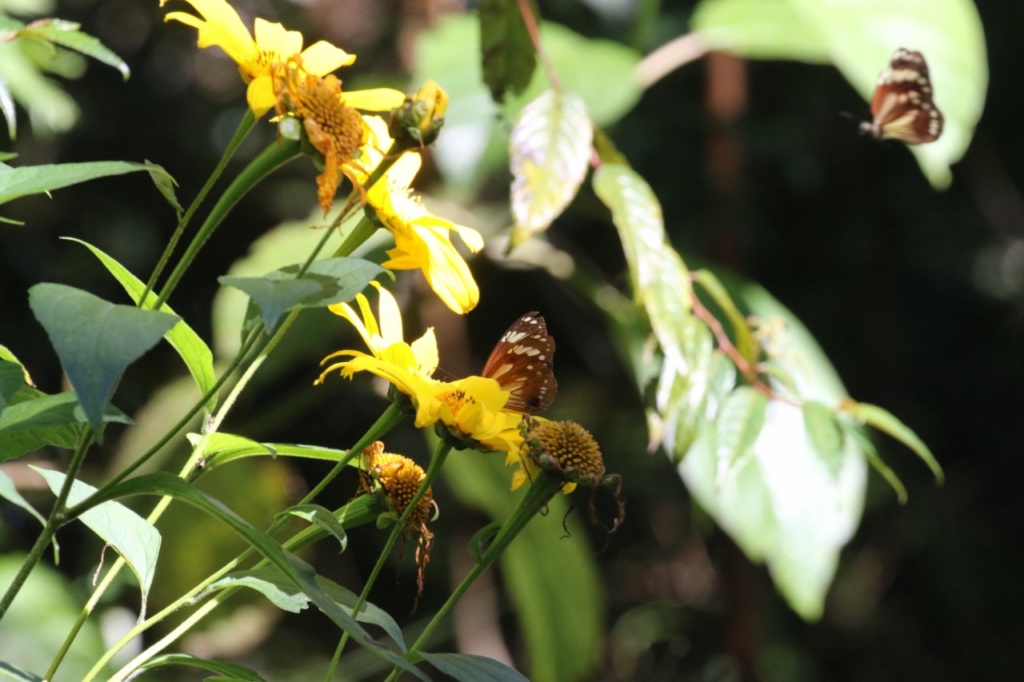
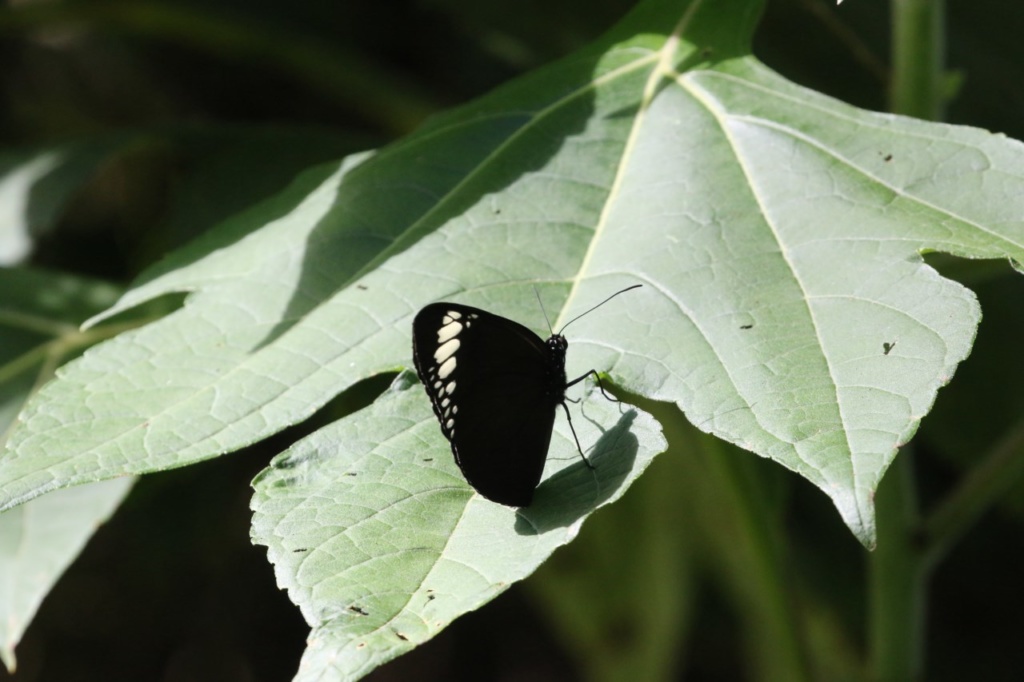
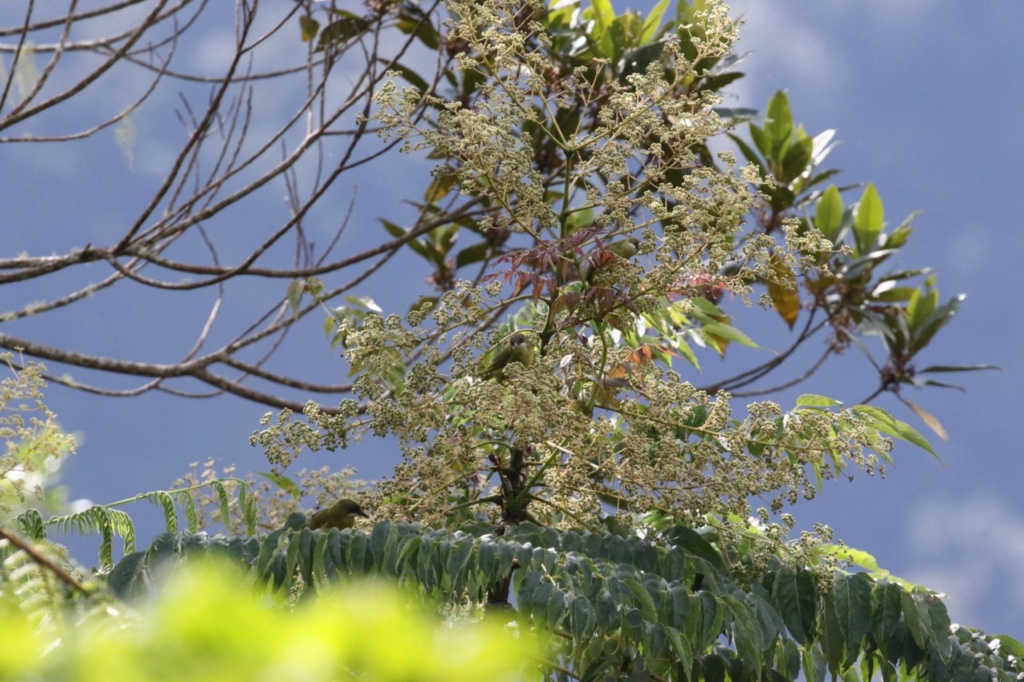
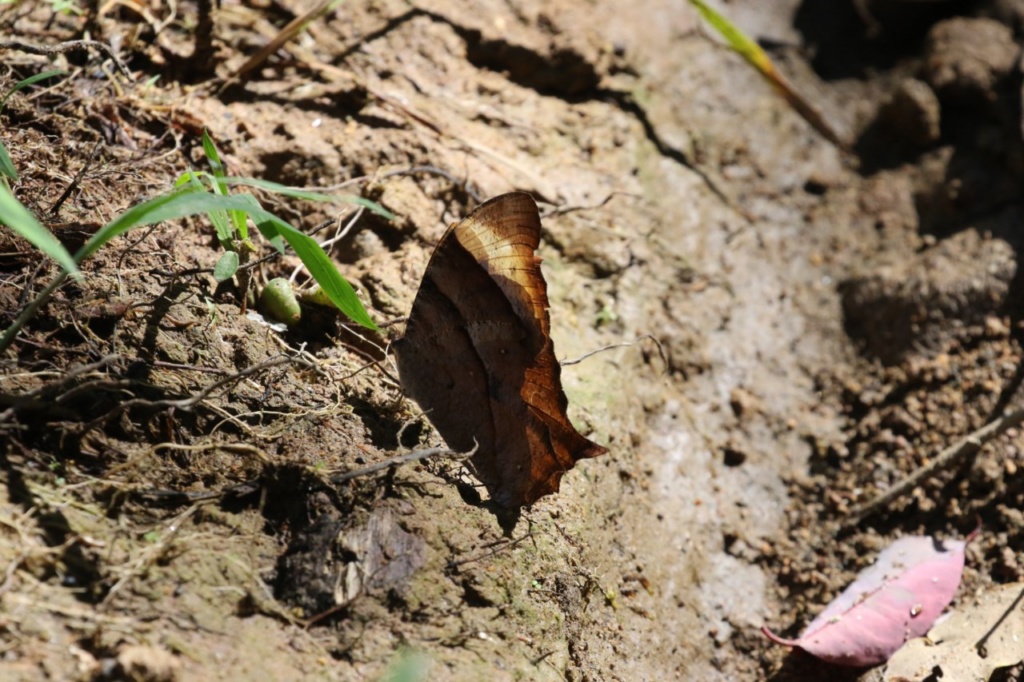

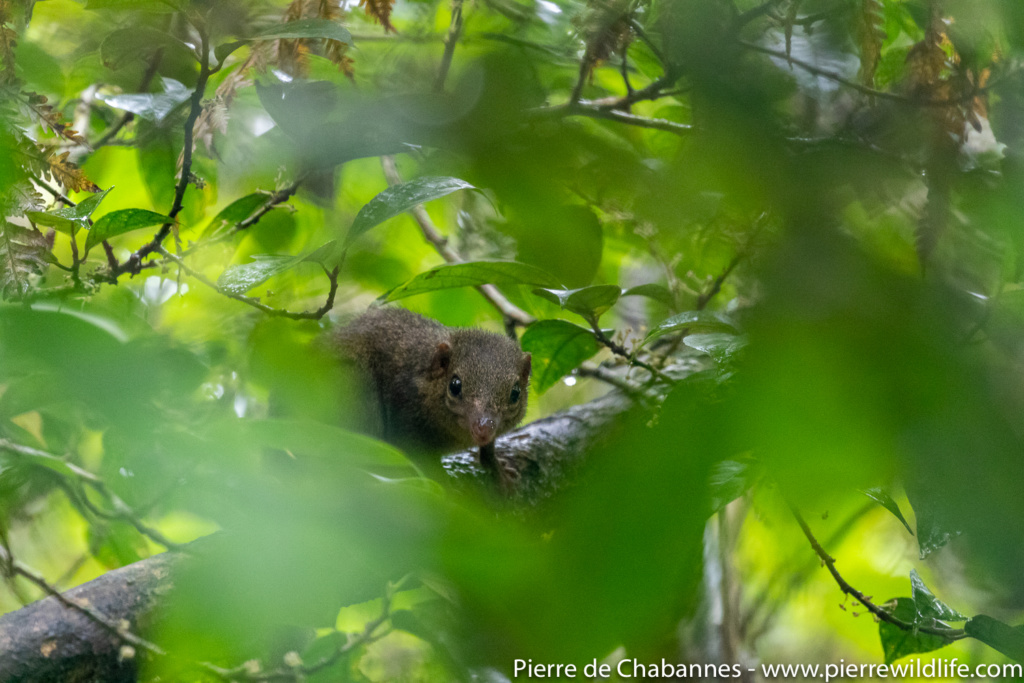
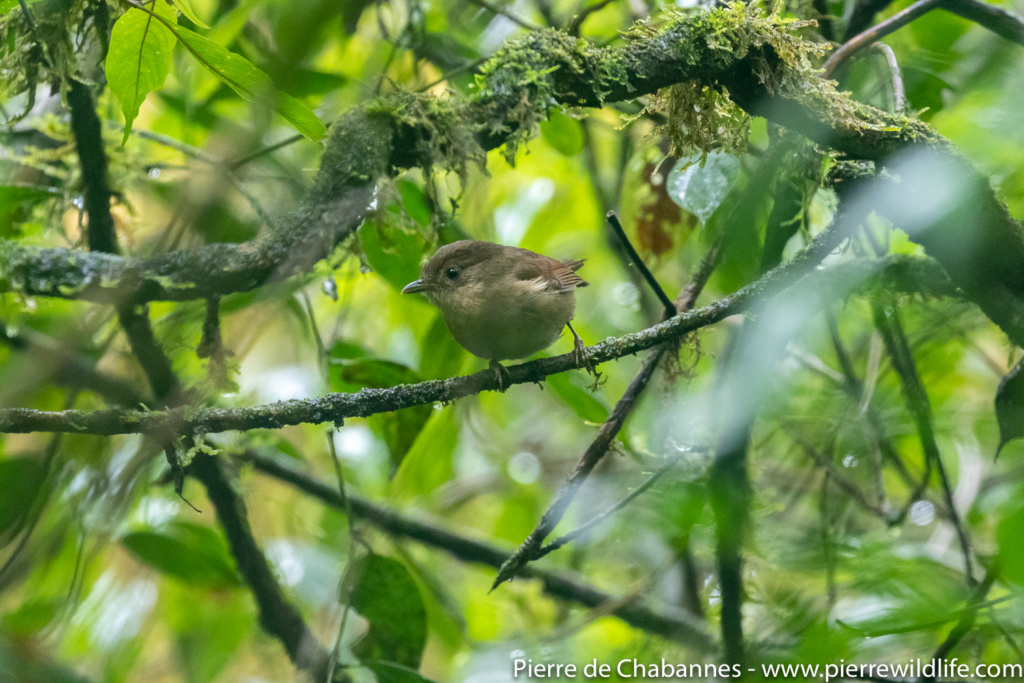
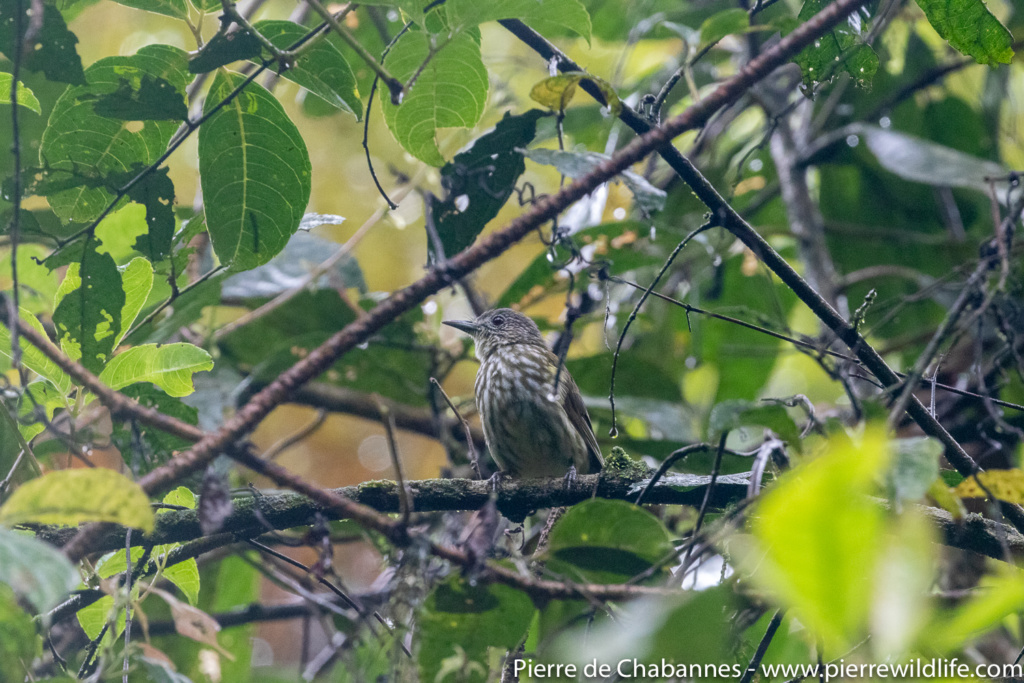
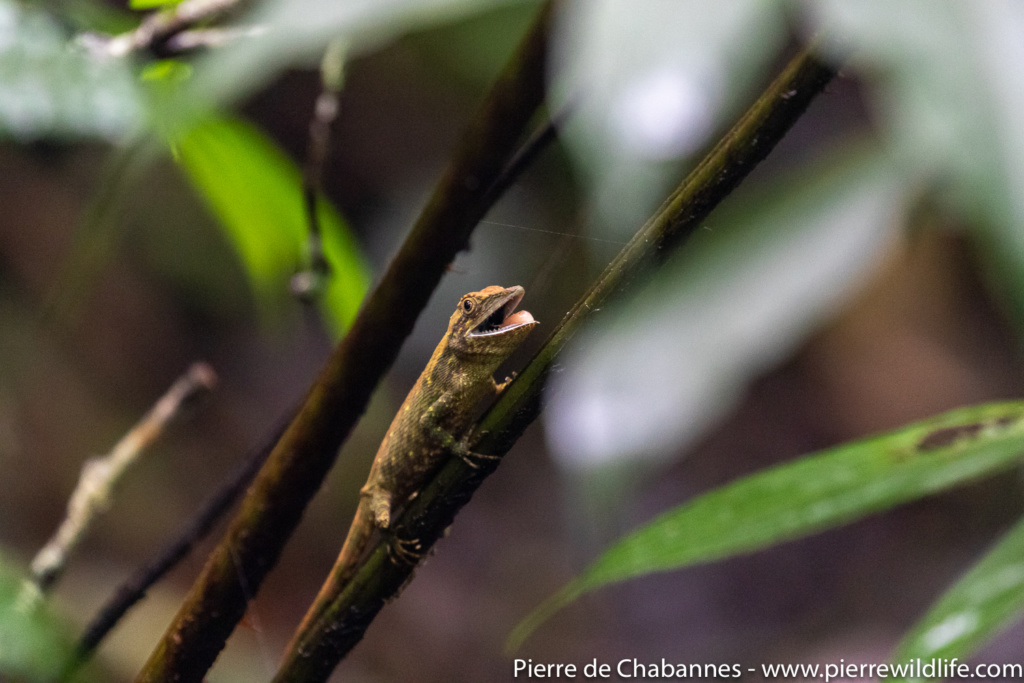
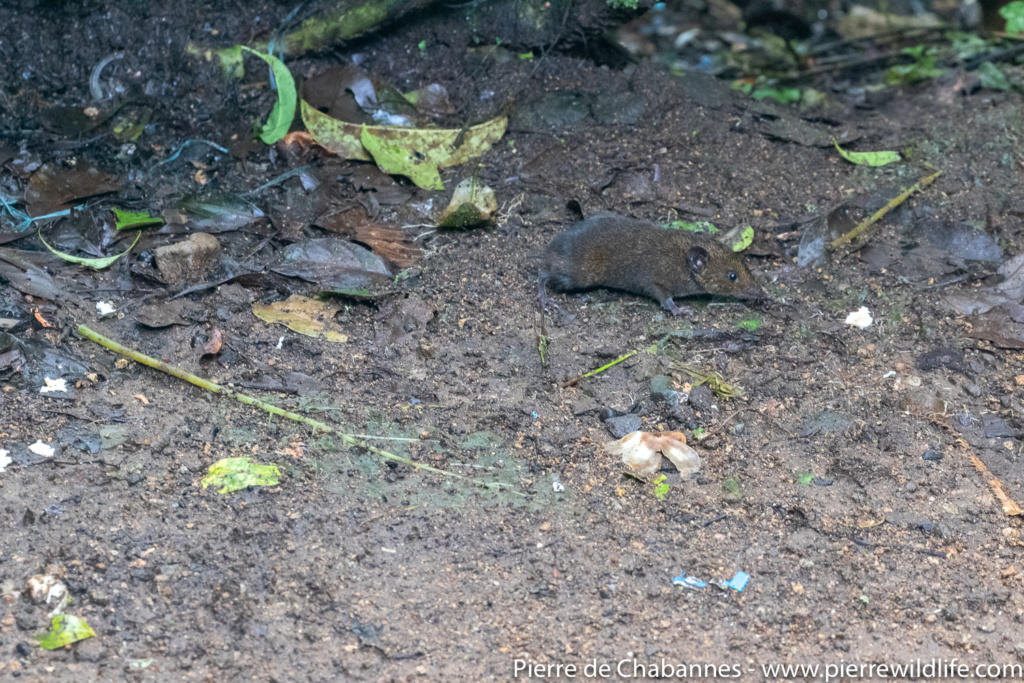
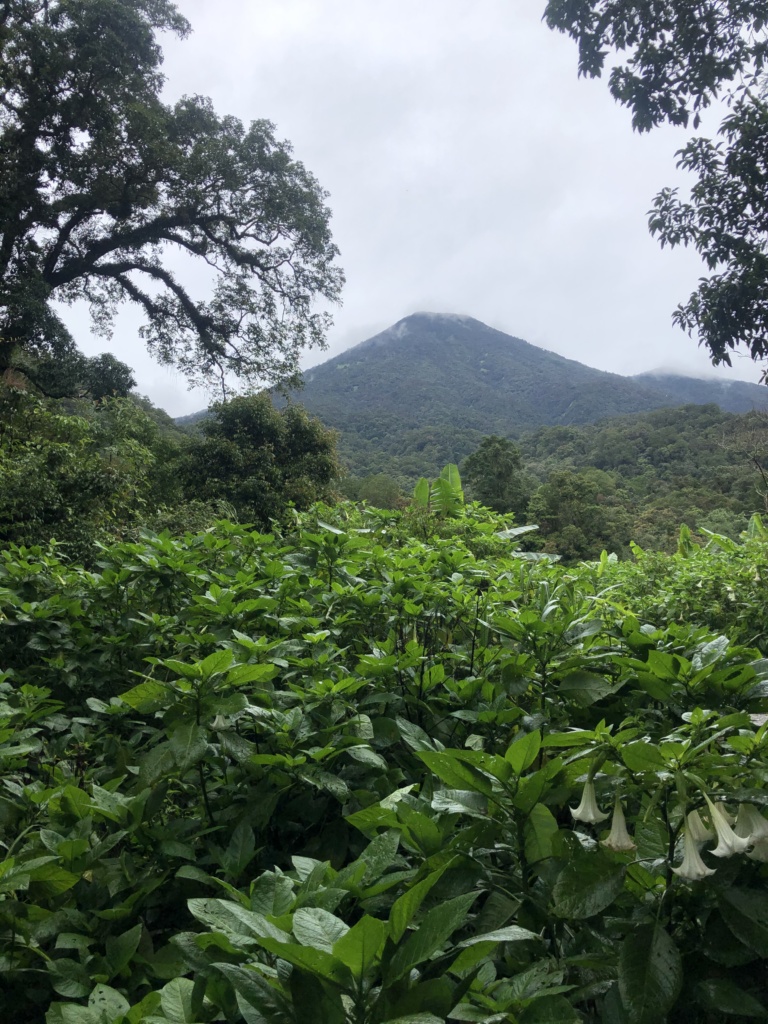
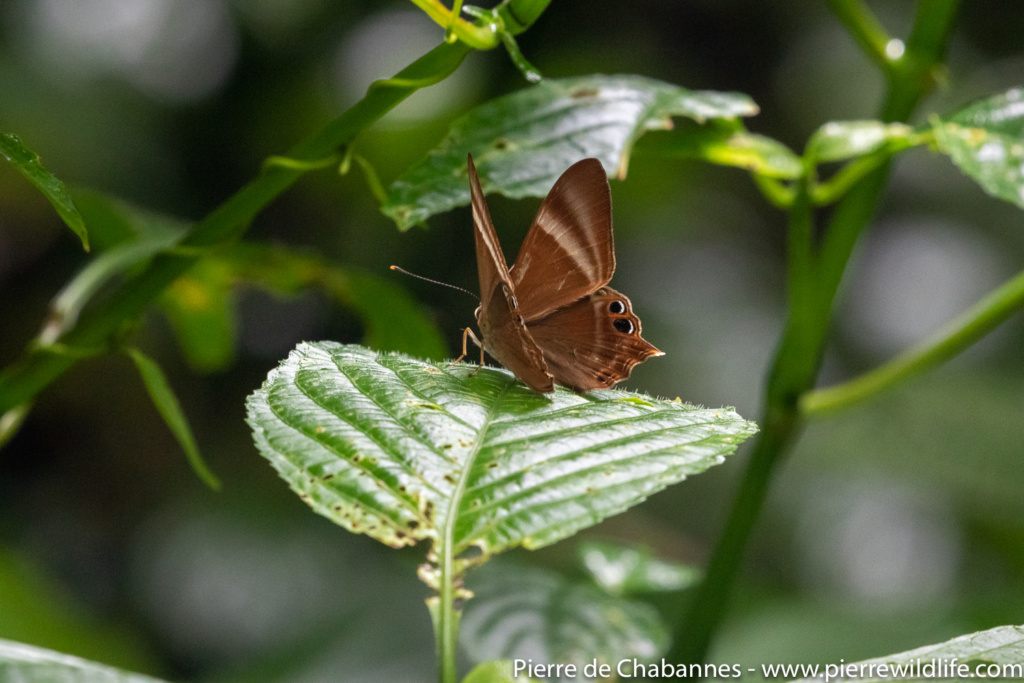

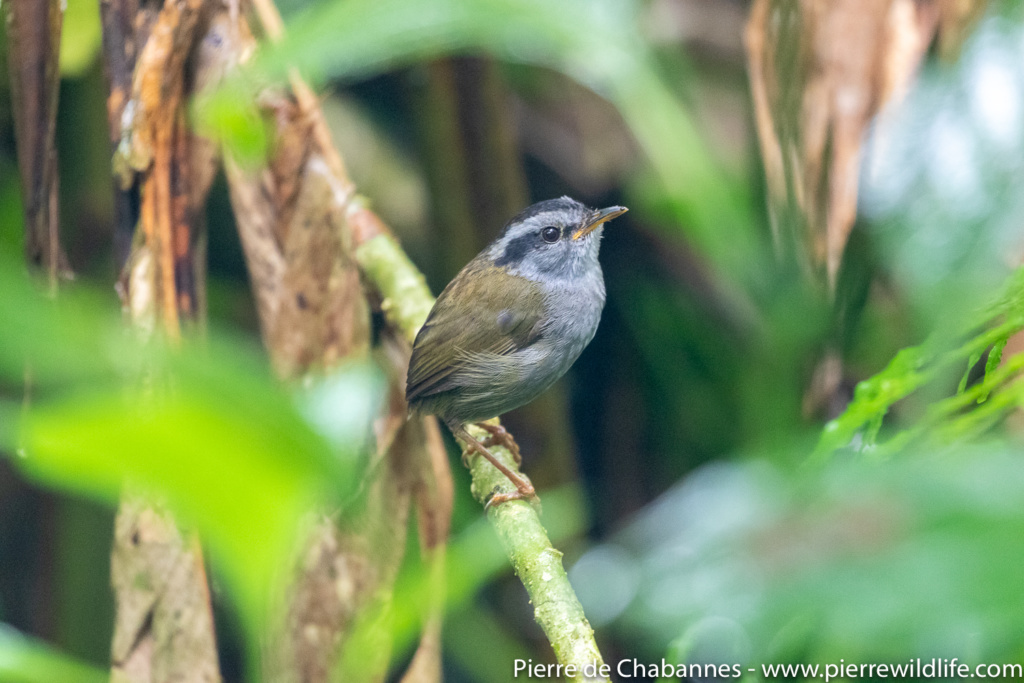
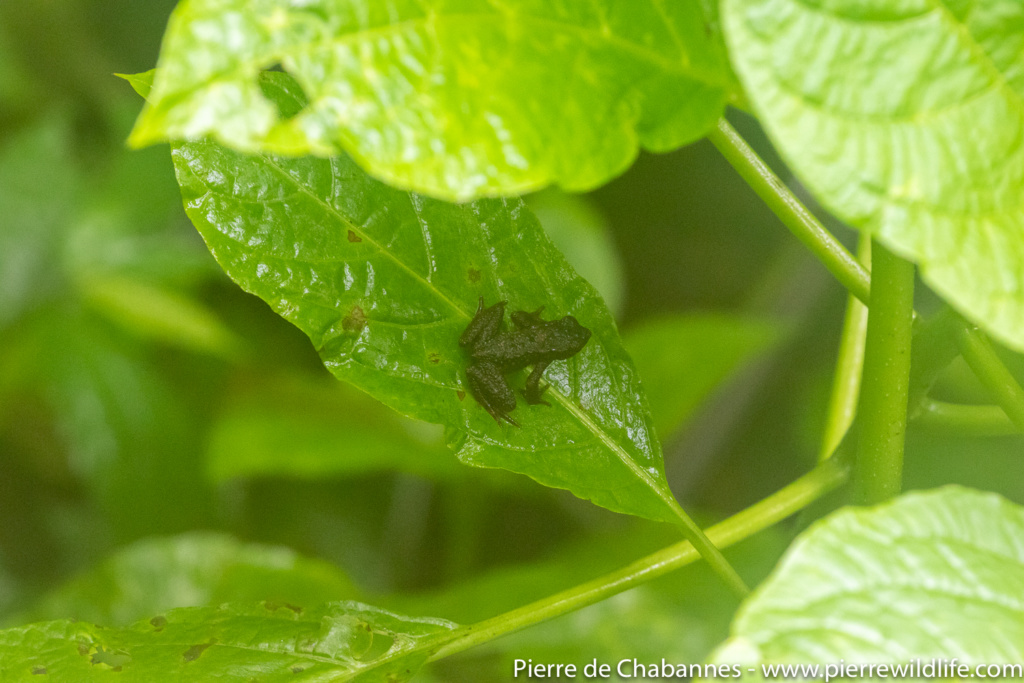
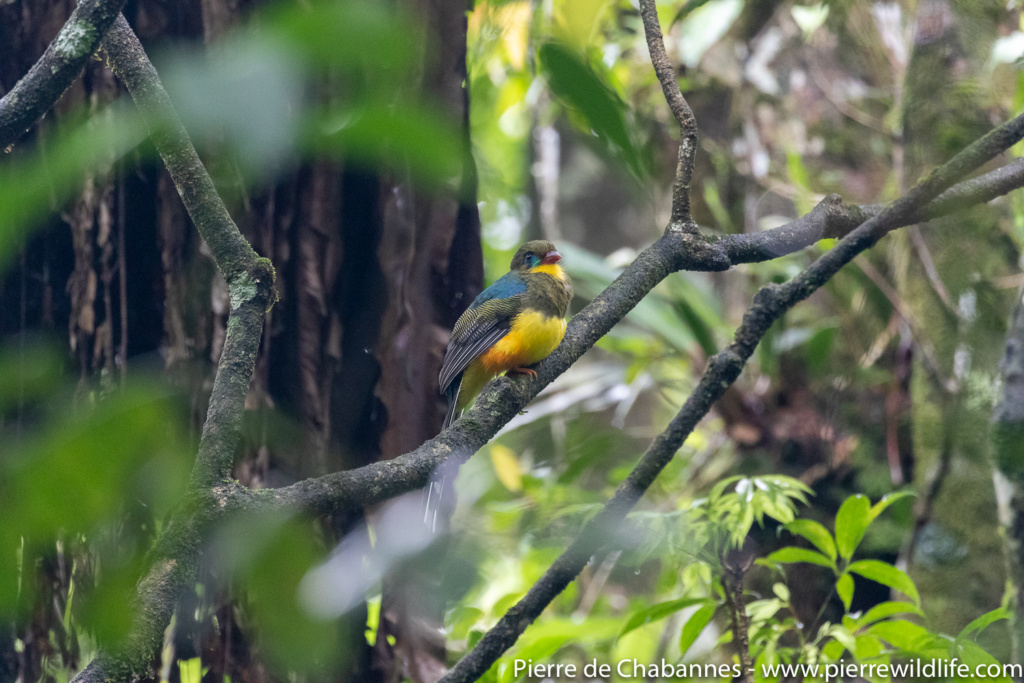
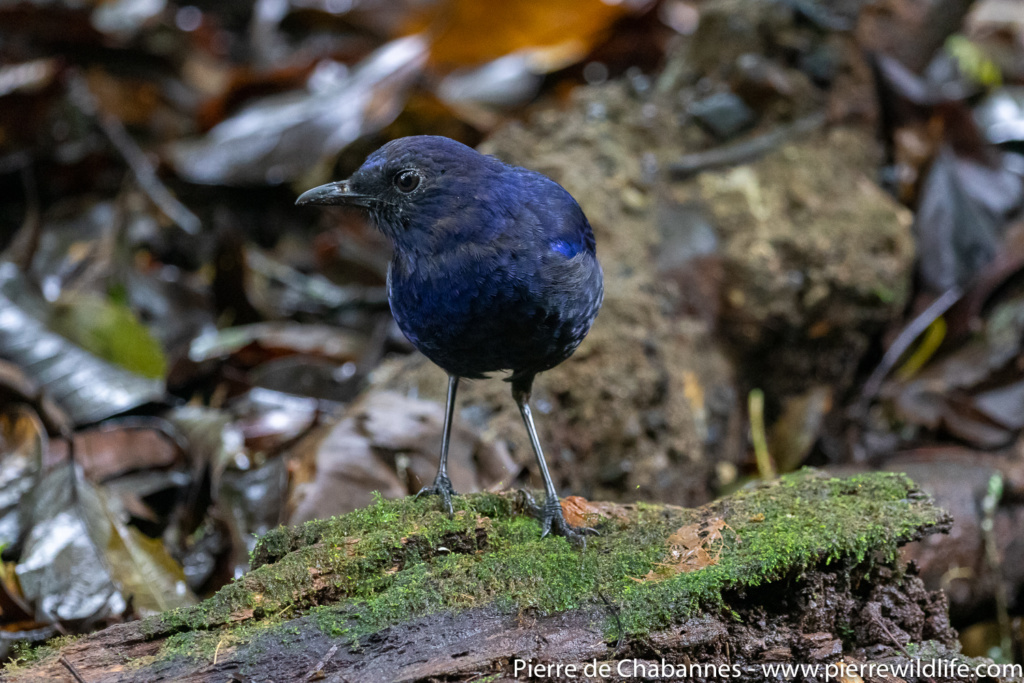

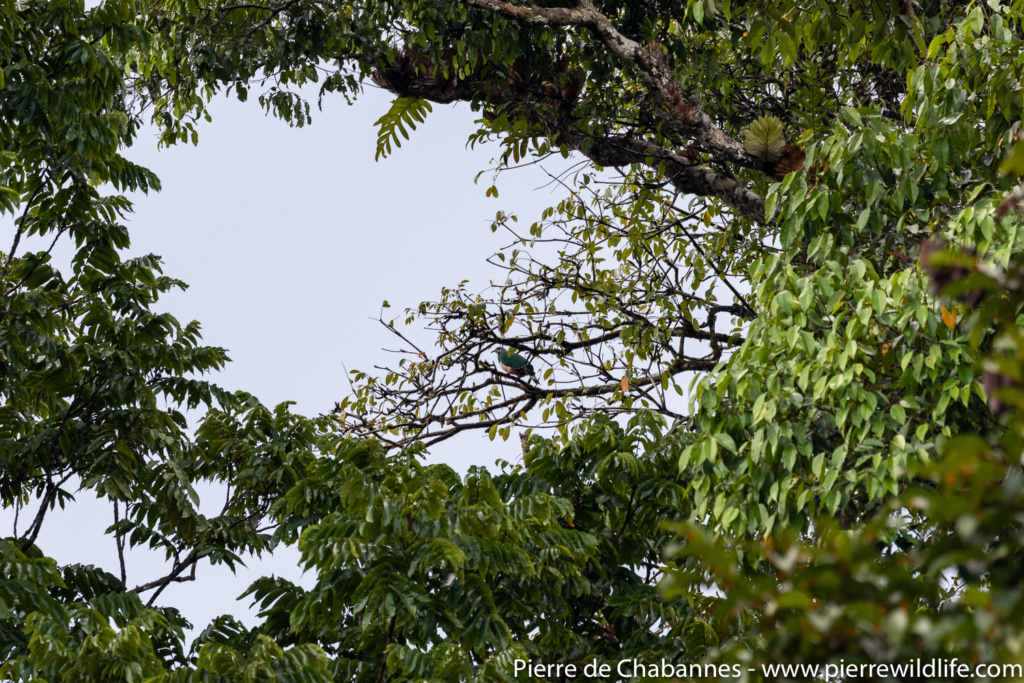 The pink-bellied imperial-pigeon (Ducula poliocephala) is a country endemic, threatened by deforestation. The species remains fairly common in PICOP rainforest area for the time being.
The pink-bellied imperial-pigeon (Ducula poliocephala) is a country endemic, threatened by deforestation. The species remains fairly common in PICOP rainforest area for the time being.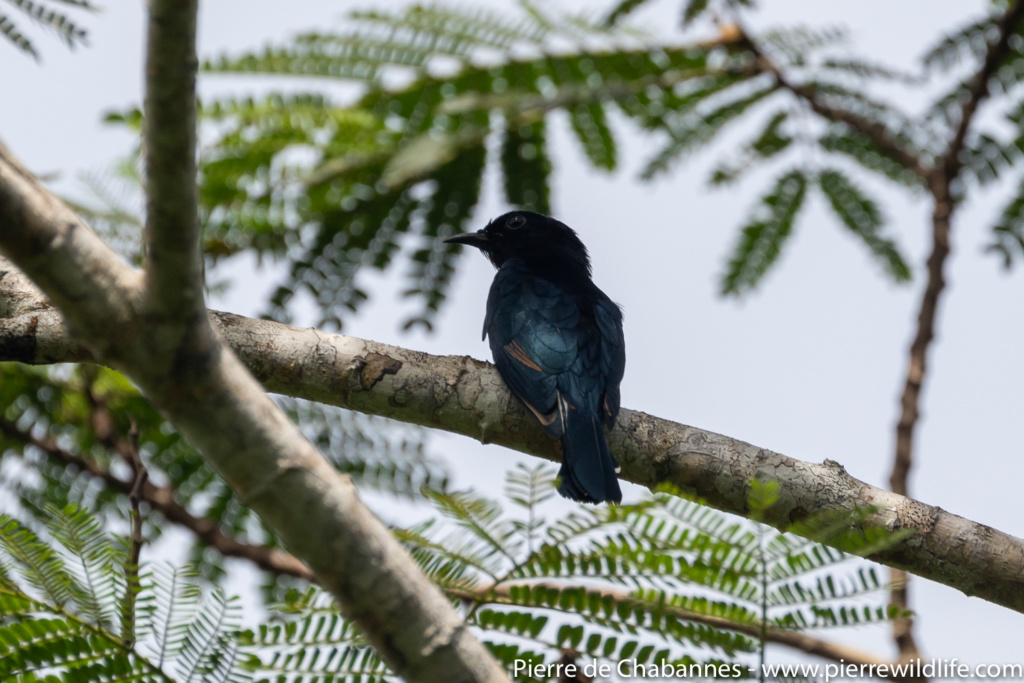 Despite the weather, we were blessed with a few country endemic birds such as the Philippine drongo-cuckoo (Surniculus velutinus velutinus). This species is more and more threatened by loss of habitat.
Despite the weather, we were blessed with a few country endemic birds such as the Philippine drongo-cuckoo (Surniculus velutinus velutinus). This species is more and more threatened by loss of habitat.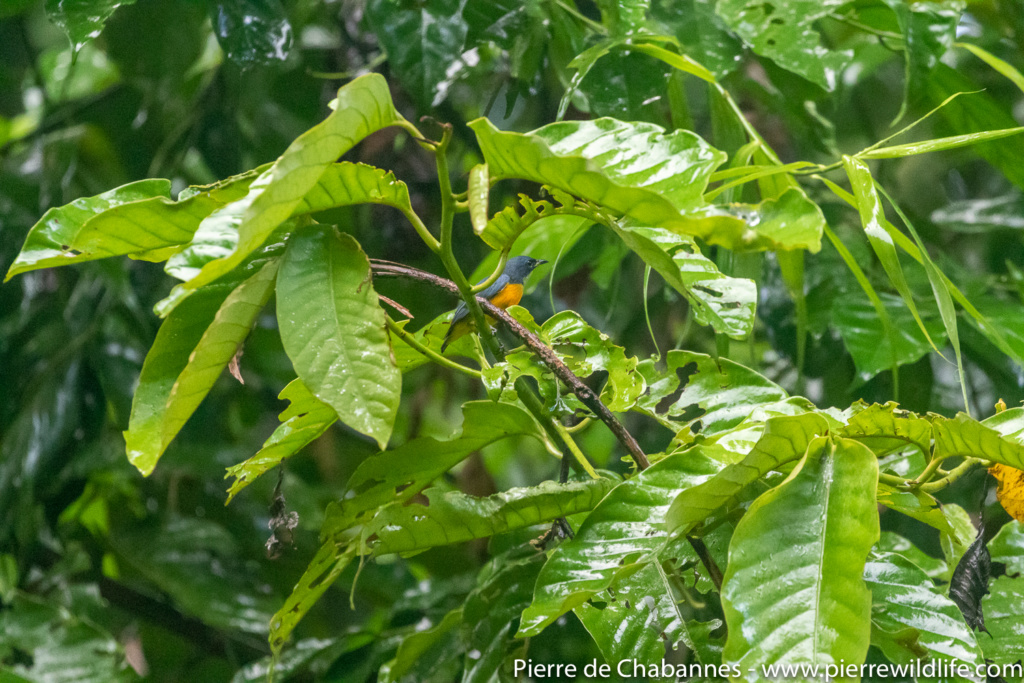 The Orange-bellied flowerpecker (Dicaeum trigonostigma cinereigulare) is one of the widest-ranging flowerpeckers in Southeast Asia. This subspecies occurs in six islands of the southeast and south Philippines.
The Orange-bellied flowerpecker (Dicaeum trigonostigma cinereigulare) is one of the widest-ranging flowerpeckers in Southeast Asia. This subspecies occurs in six islands of the southeast and south Philippines.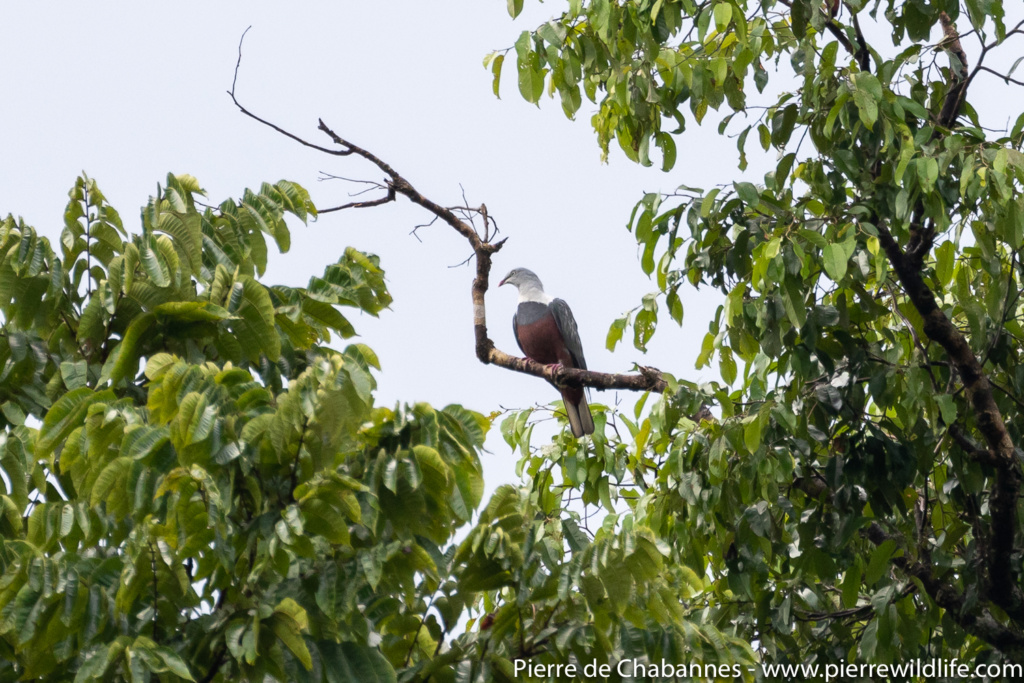 One of our luckiest and rarest finds, this stunning specimen of Spotted imperial-pigeon (Ducula carola mindanensis). This species is Vulnerable according to IUCN Red List and in worrying decline throughout its range.
One of our luckiest and rarest finds, this stunning specimen of Spotted imperial-pigeon (Ducula carola mindanensis). This species is Vulnerable according to IUCN Red List and in worrying decline throughout its range.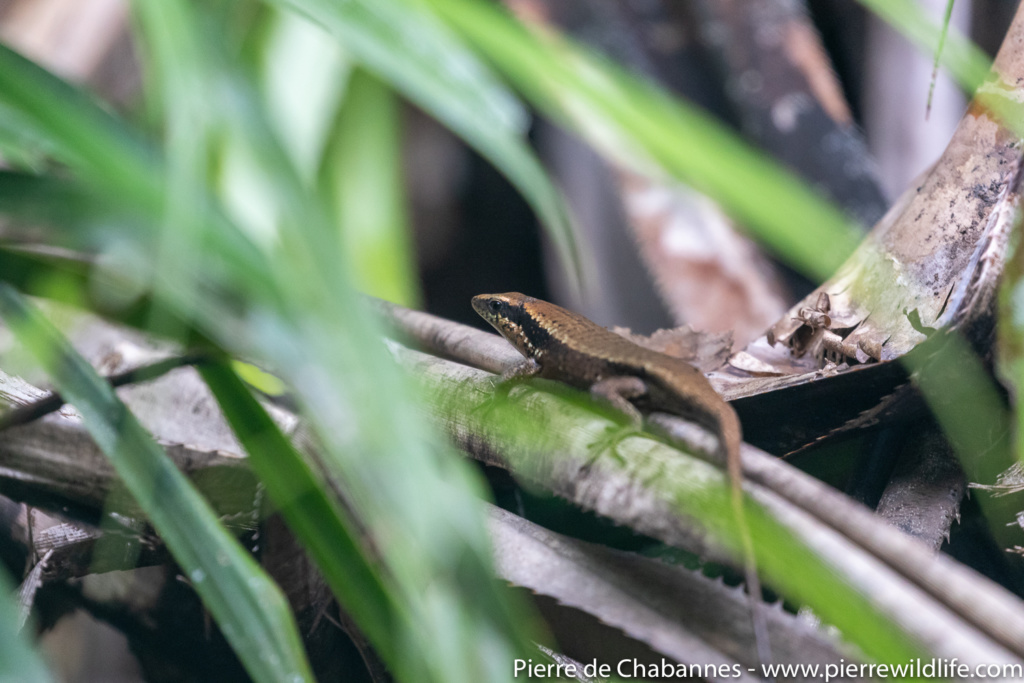 One of the adult Caraga sun skink (Eutropis caraga) we saw during a brief periode of sunshine on our second day in Bislig area.
One of the adult Caraga sun skink (Eutropis caraga) we saw during a brief periode of sunshine on our second day in Bislig area.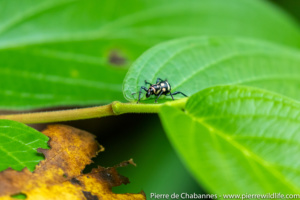
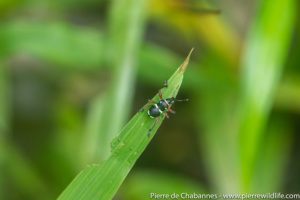
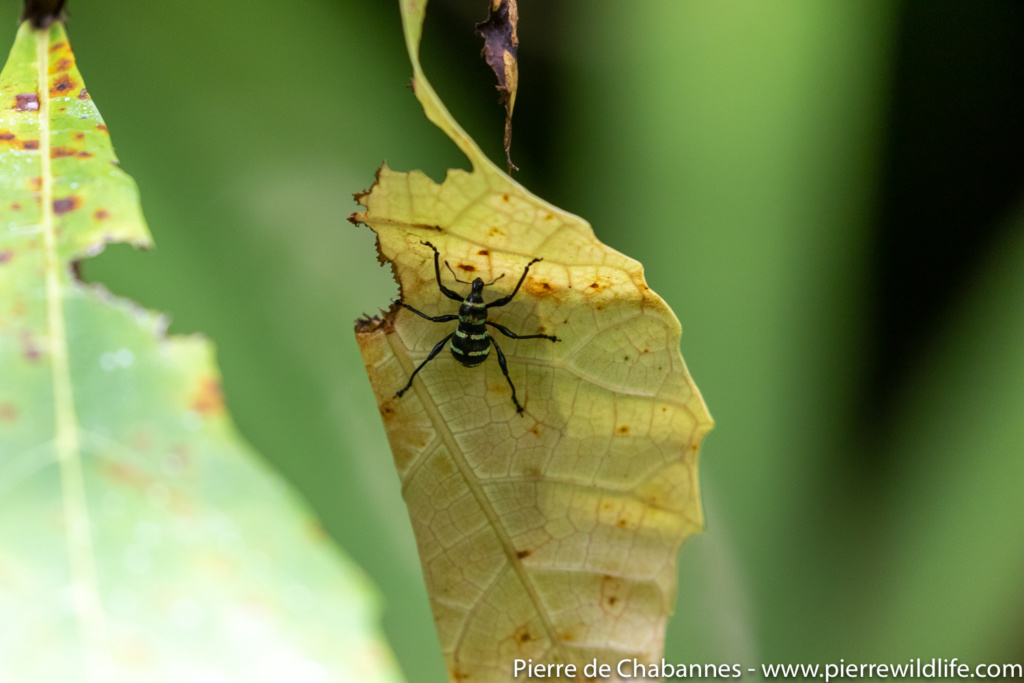 This weevil species, likely Pachyrhynchus antonkozlovi, was finally described to science in 2016.
This weevil species, likely Pachyrhynchus antonkozlovi, was finally described to science in 2016.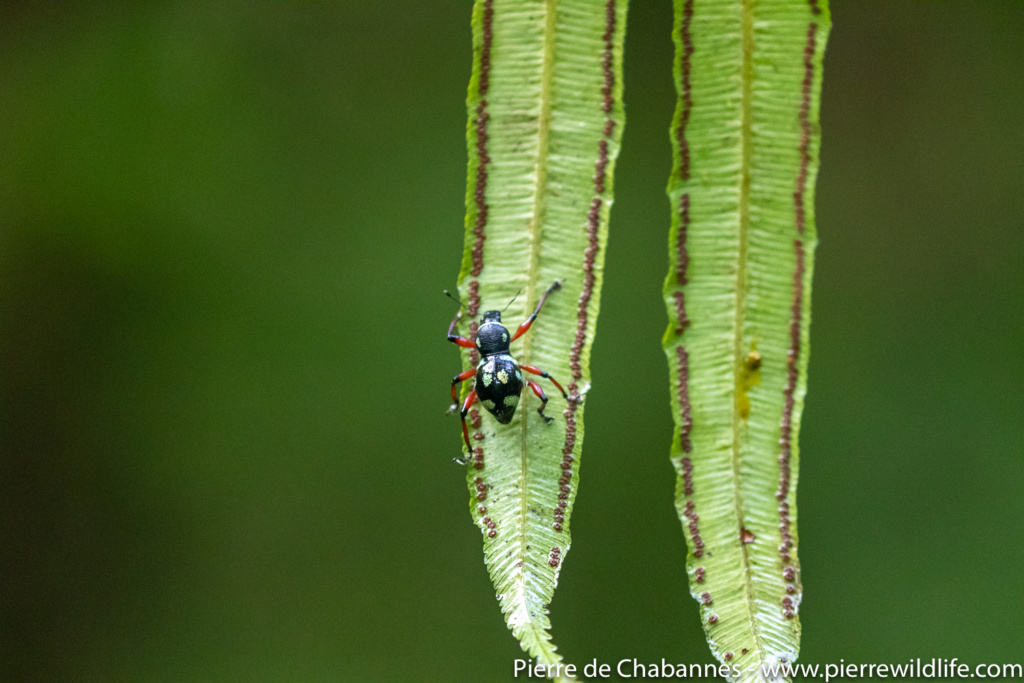 We have identified this beautiful forest weevil as being Metapocyrtus sakaii, an endemic species described in 2011.
We have identified this beautiful forest weevil as being Metapocyrtus sakaii, an endemic species described in 2011.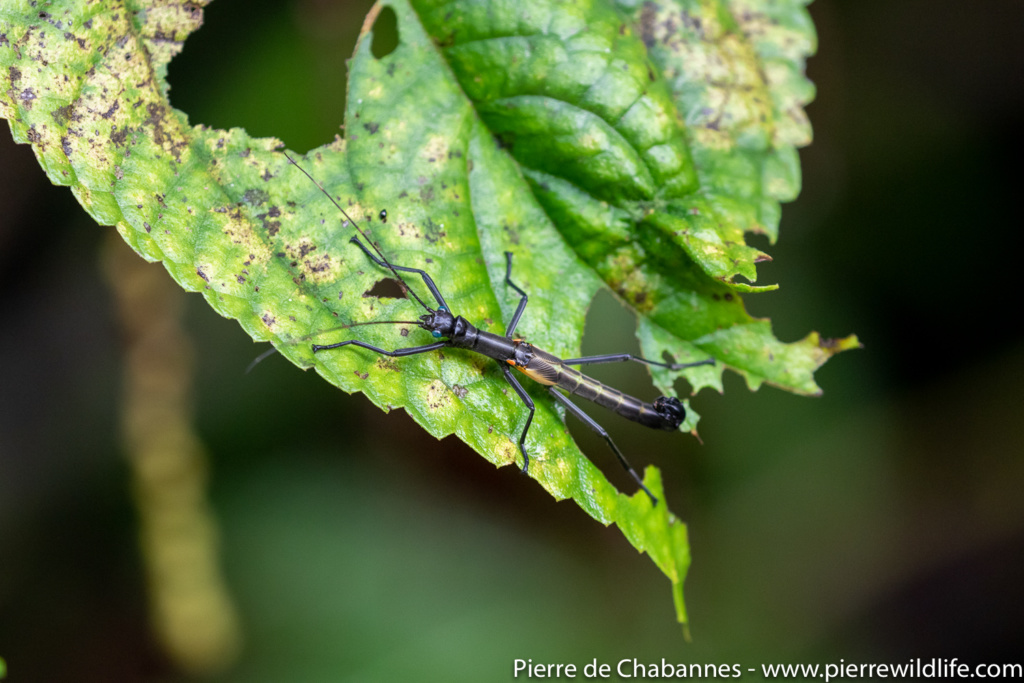 This stick-insect species, likely belonging to genus Orthomeria, is unidentified at this time and could be a new species.
This stick-insect species, likely belonging to genus Orthomeria, is unidentified at this time and could be a new species.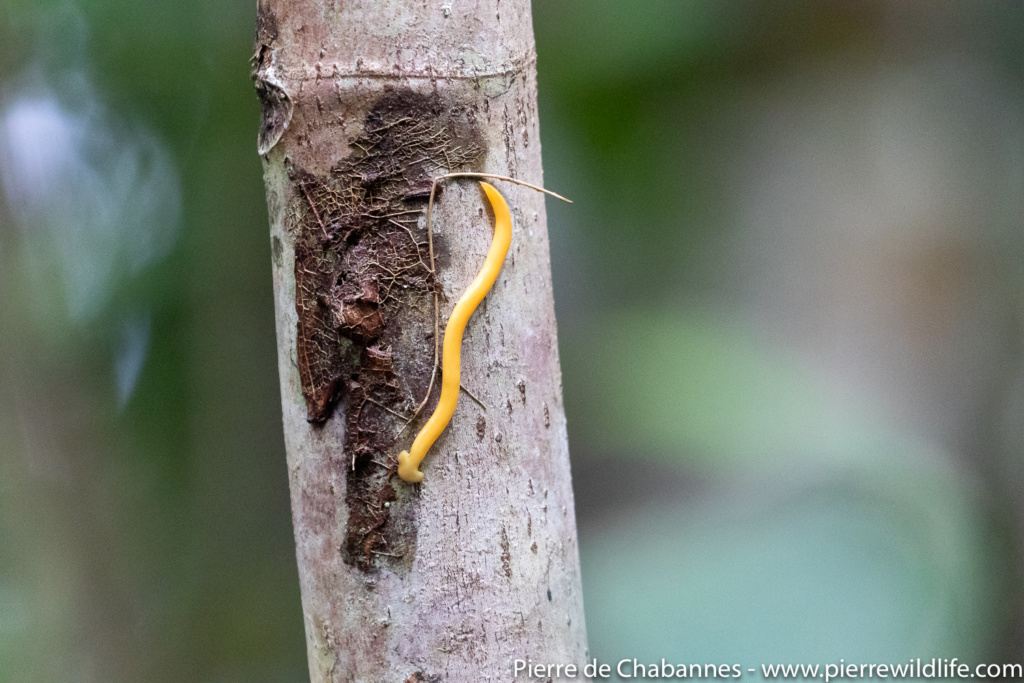 The beautiful but invasive Hammer-headed worm (Bipalium cf. nobile), photographed climbing down a tree in PICOP rainforest.
The beautiful but invasive Hammer-headed worm (Bipalium cf. nobile), photographed climbing down a tree in PICOP rainforest.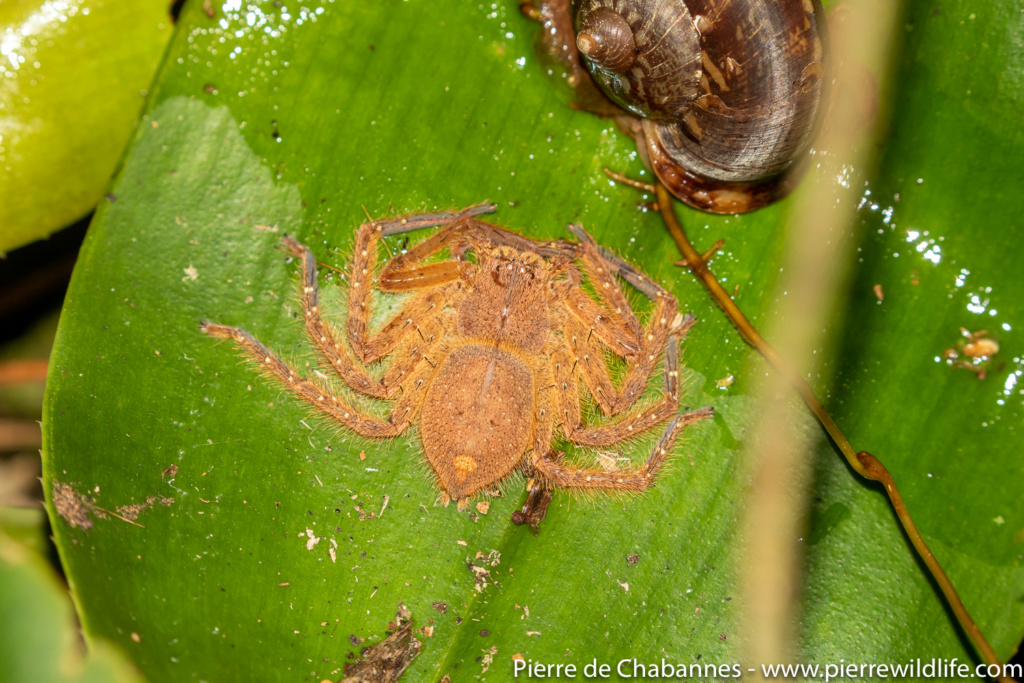 This beautiful unidentified huntsman spider (Heteropoda sp.) is in ambush position, next to an endemic forest snail species.
This beautiful unidentified huntsman spider (Heteropoda sp.) is in ambush position, next to an endemic forest snail species.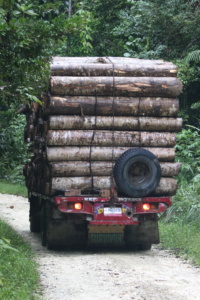 One of the few trucks we saw during our time in PICOP, carrying freshly cut trees from the protected forest area. While we were looking for wildlife, we could hear the chainsaws…
One of the few trucks we saw during our time in PICOP, carrying freshly cut trees from the protected forest area. While we were looking for wildlife, we could hear the chainsaws…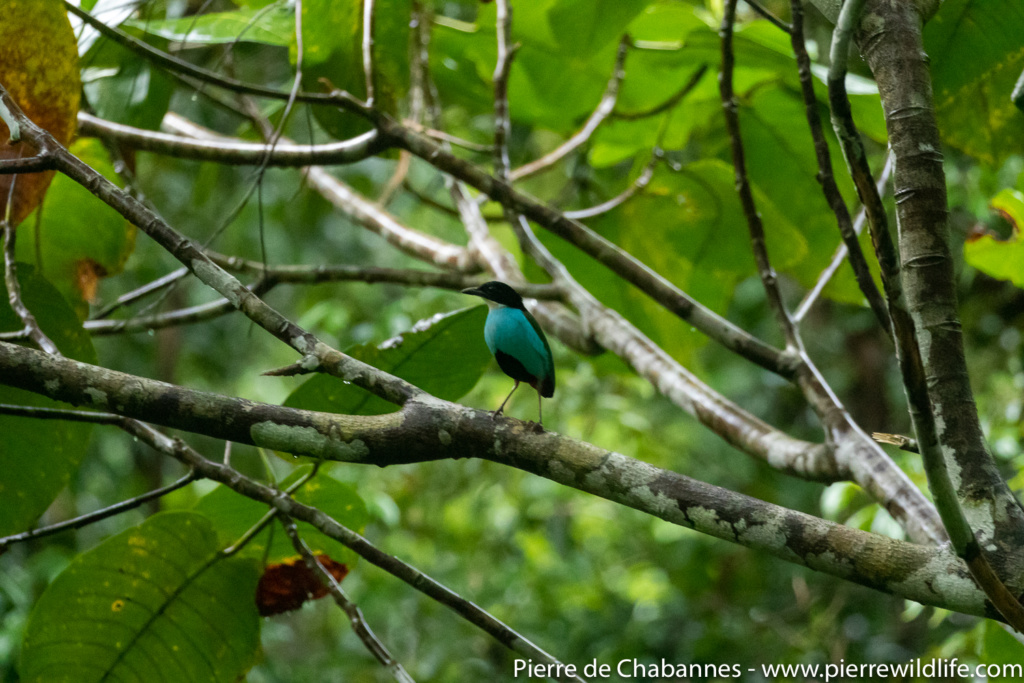 The stunning Azure-breasted pitta (Pitta steerii steerii) is a primary forest interior specialist and currently listed as Vulnerable by IUCN. With the ongoing destruction of the forests within its very limited range, this species could soon face a much higher risk of rapid extinction if no conservation action is taken.
The stunning Azure-breasted pitta (Pitta steerii steerii) is a primary forest interior specialist and currently listed as Vulnerable by IUCN. With the ongoing destruction of the forests within its very limited range, this species could soon face a much higher risk of rapid extinction if no conservation action is taken.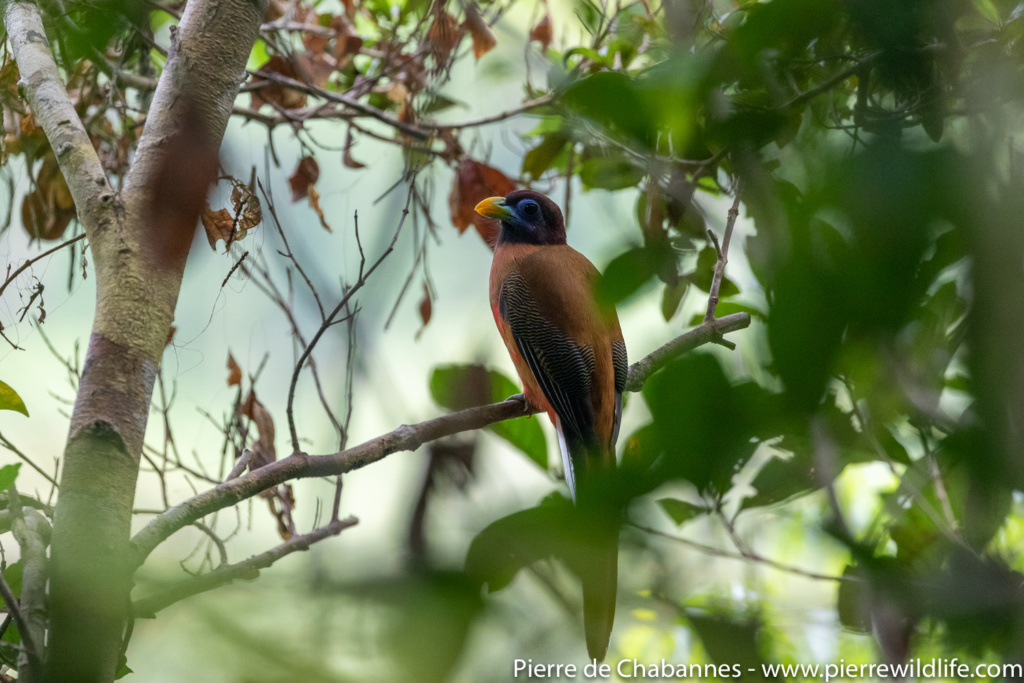 Just as we were about to leave the area on our last day, we were blessed with the unobstructed sighting of a group of Philippine trogons (Harpactes ardens ardens), one of the countries’ most amazing endemics !
Just as we were about to leave the area on our last day, we were blessed with the unobstructed sighting of a group of Philippine trogons (Harpactes ardens ardens), one of the countries’ most amazing endemics !